Engineering & Computer Science
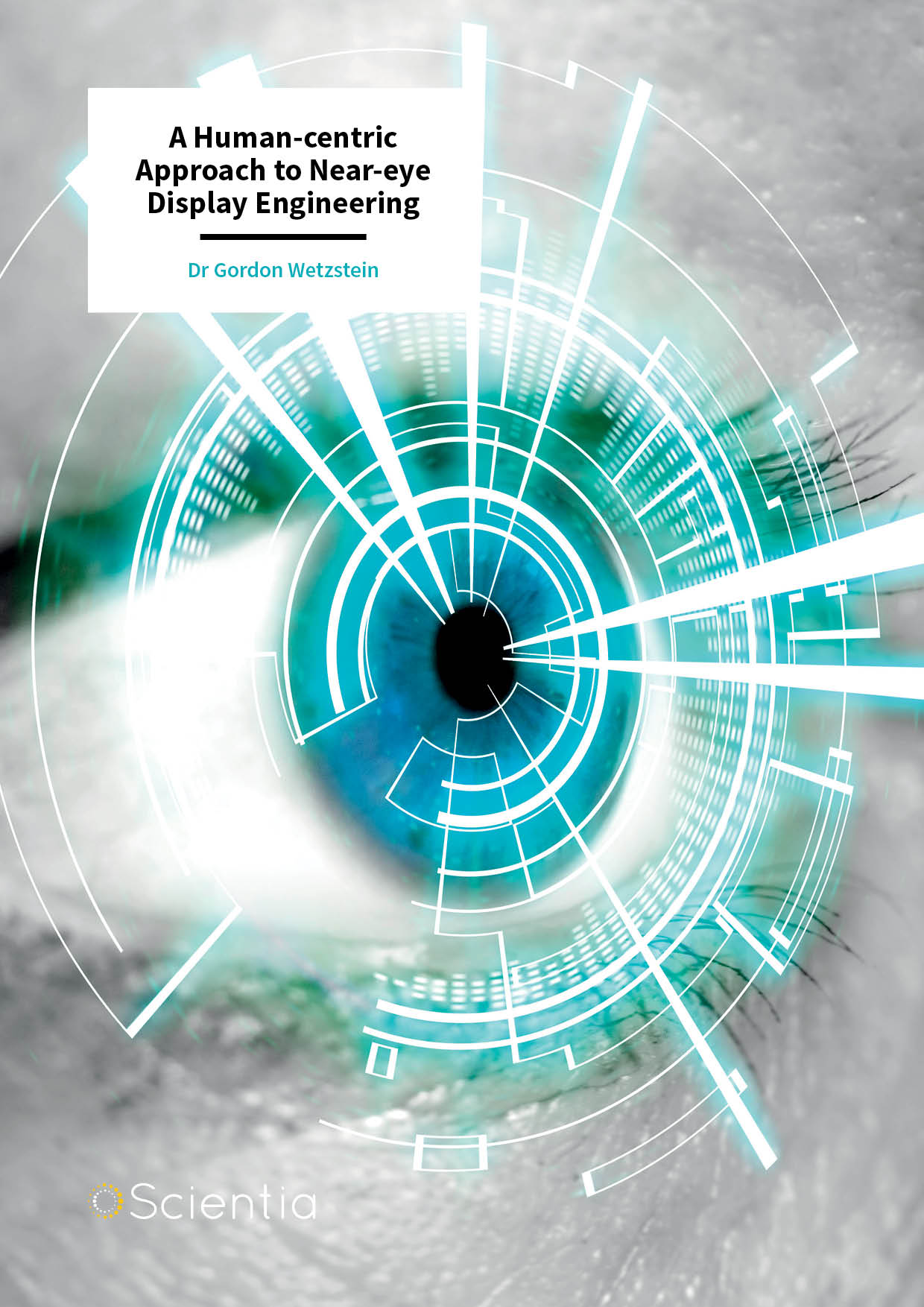
Dr Gordon Wetzstein – A Human-centric Approach to Near-eye Display Engineering
Virtual and augmented reality technologies are now rapidly gaining traction in our society. Yet even as they improve, these devices continue to face major challenges relating to the wide variability of human vision. In their research, Dr Gordon Wetzstein and his colleagues at Stanford University explore innovative new ways to overcome these challenges, through the latest advances in both optics and vision science. In demonstrating ground-breaking innovations to near-eye displays and sensors, the team’s work could soon bring enormous benefits to users spanning a diverse spectrum of visual ability.
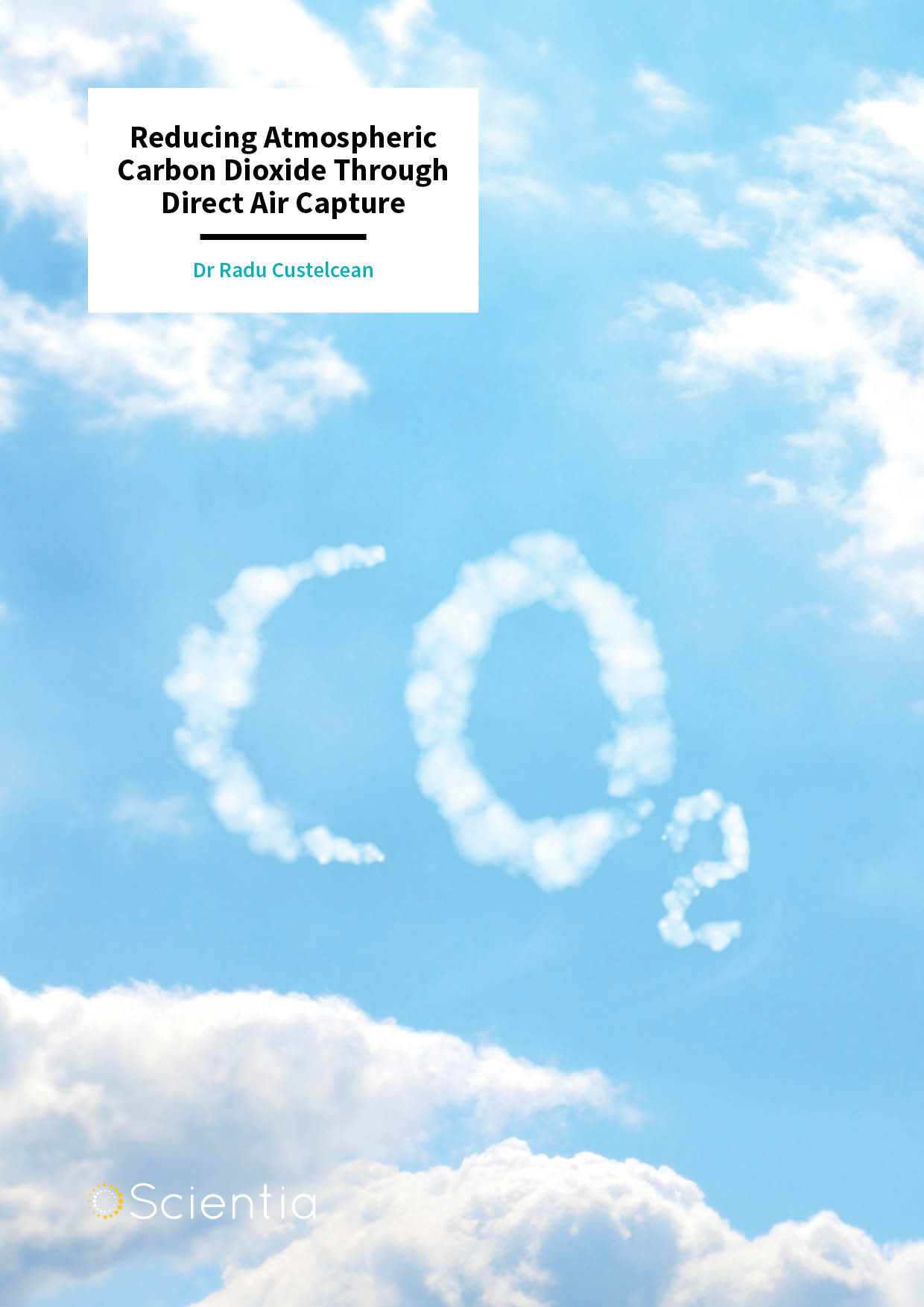
Dr Radu Custelcean – Reducing Atmospheric Carbon Dioxide Through Direct Air Capture
Climate change is mostly the result of elevated carbon dioxide emissions. Over the past two decades, research groups have been searching for new technologies that capture carbon dioxide from the atmosphere as an effective way of reversing climate change. Dr Radu Custelcean and his colleagues at the Oak Ridge National Laboratory in the US specialise in this endeavour. The team is developing novel materials and methods that filter carbon dioxide out of the air in an energy-efficient manner.
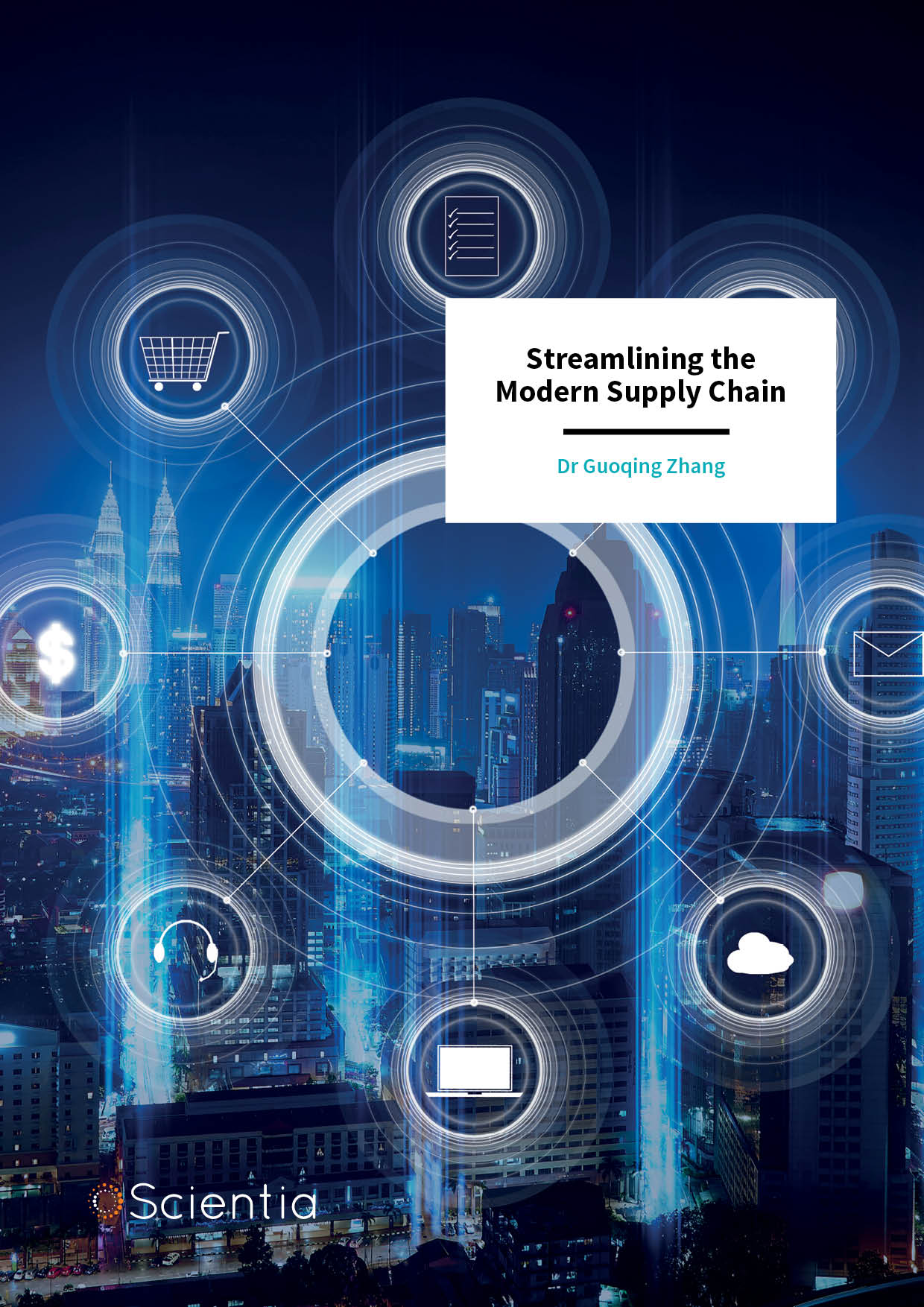
Dr Guoqing Zhang – Streamlining the Modern Supply Chain
The digital age has seen a profound shift in how we consume products. Not only have many of us shifted to doing most of our shopping online; new technologies are also transforming how products are produced. These shifts have brought about similarly monumental changes to the supply chains that bring products to the doorstep, presenting significant new challenges to the complex networks of groups involved. In his research, Dr Guoqing Zhang at the University of Windsor in Canada uses the latest computational techniques and optimisation algorithms to present smart solutions to these issues.
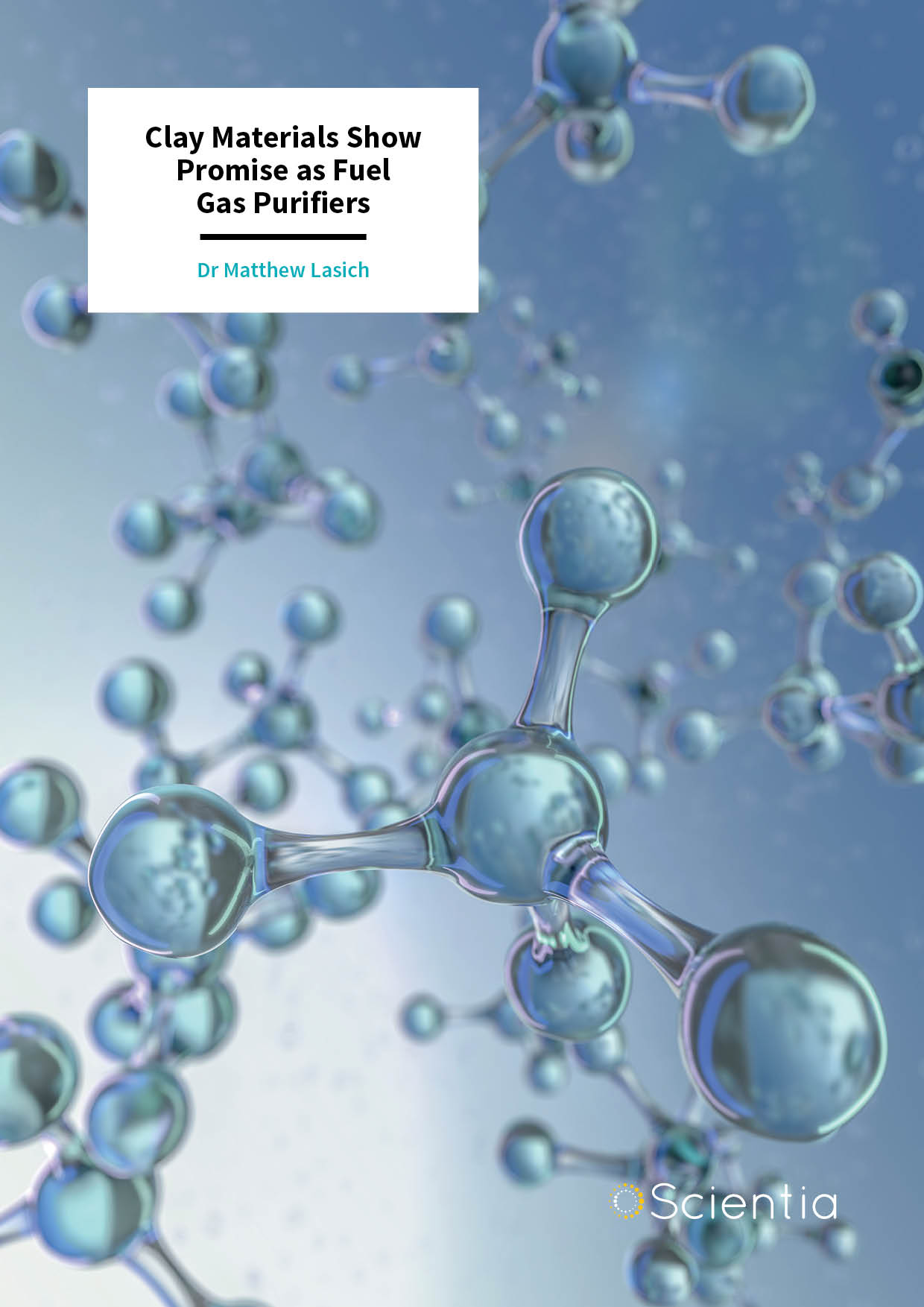
Dr Matthew Lasich – Clay Materials Show Promise as Fuel Gas Purifiers
Finding new and improved methods for purifying fuel gases, to both improve their efficiency and reduce their environmental impact, is an active area of research. Dr Matthew Lasich at Mangosuthu University of Technology in South Africa has been utilising computational modelling to discover how clay-based materials can increase the efficiency of fuel gas derived from wood and also reduce the amount of hydrogen sulphide found in natural and landfill gas.
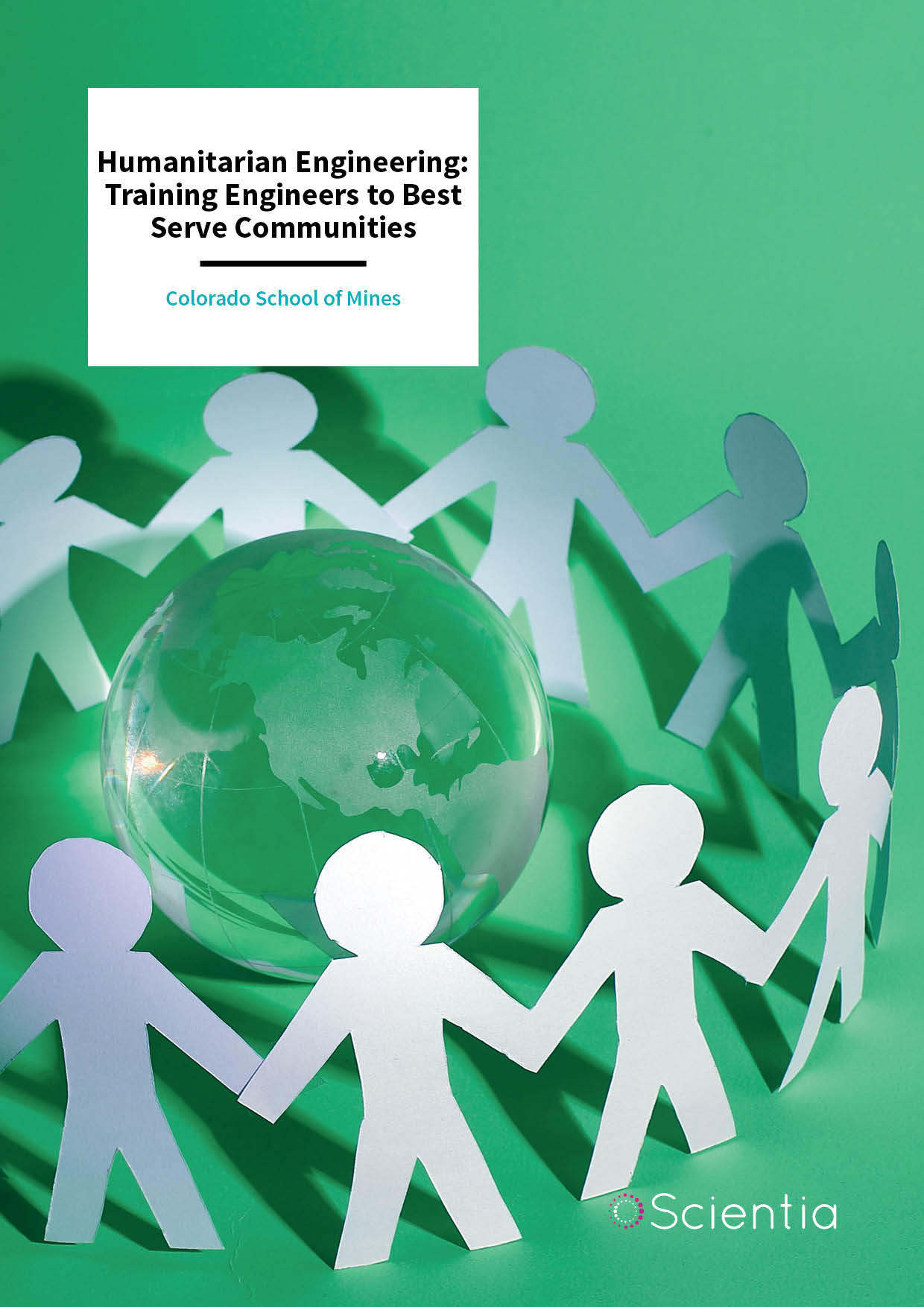
Colorado School of Mines – Humanitarian Engineering: Training Engineers to Best Serve Communities
Engineering is one of the most impactful and transformative fields of teaching, research, and practice, as it shapes the world we live in and ensures the functioning of many systems that maintain human life. The Colorado School of Mines created the first Humanitarian Engineering (HE) program to train engineering students to devise solutions that are efficient, ethical, socially responsible and sustainable. Its students work closely with the communities they serve, thinking critically about their needs.
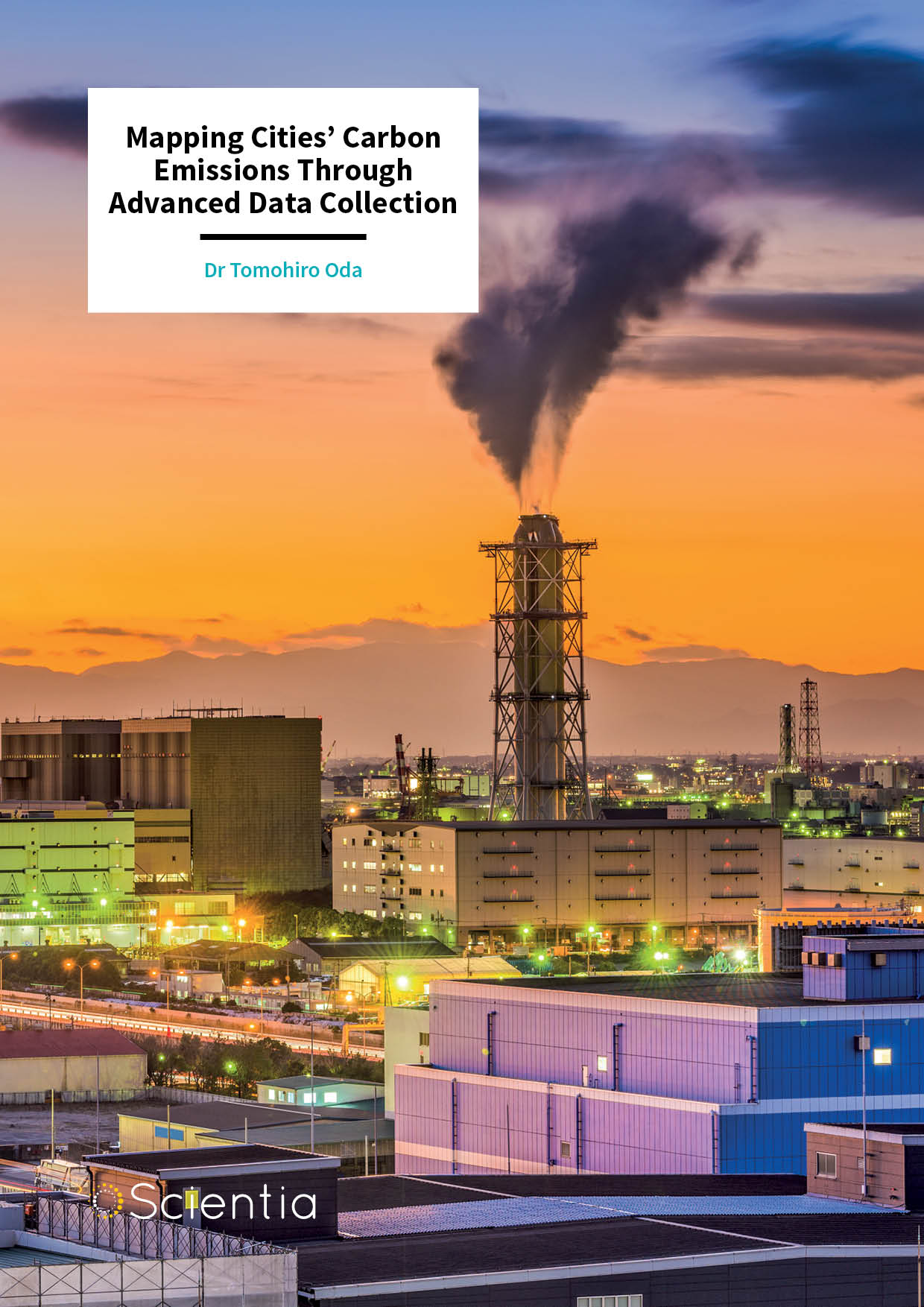
Dr Tomohiro Oda – Mapping Cities’ Carbon Emissions Through Advanced Data Collection
As global emissions of greenhouse gas continue to rise, it is increasingly important for researchers and policymakers to identify exactly where and how much greenhouse gas is emitted and absorbed worldwide for global climate change mitigation. Over the past decade, Dr Tomohiro Oda of the Universities Space Research Association (USRA) in Maryland has aimed to realise this need by combining emission data with night-time observations from satellites. Through this work, his team has now produced global maps that distinguish sources of carbon at unprecedented resolutions – high enough to identify variation across the regions where emissions are most intense: Earth’s cities.
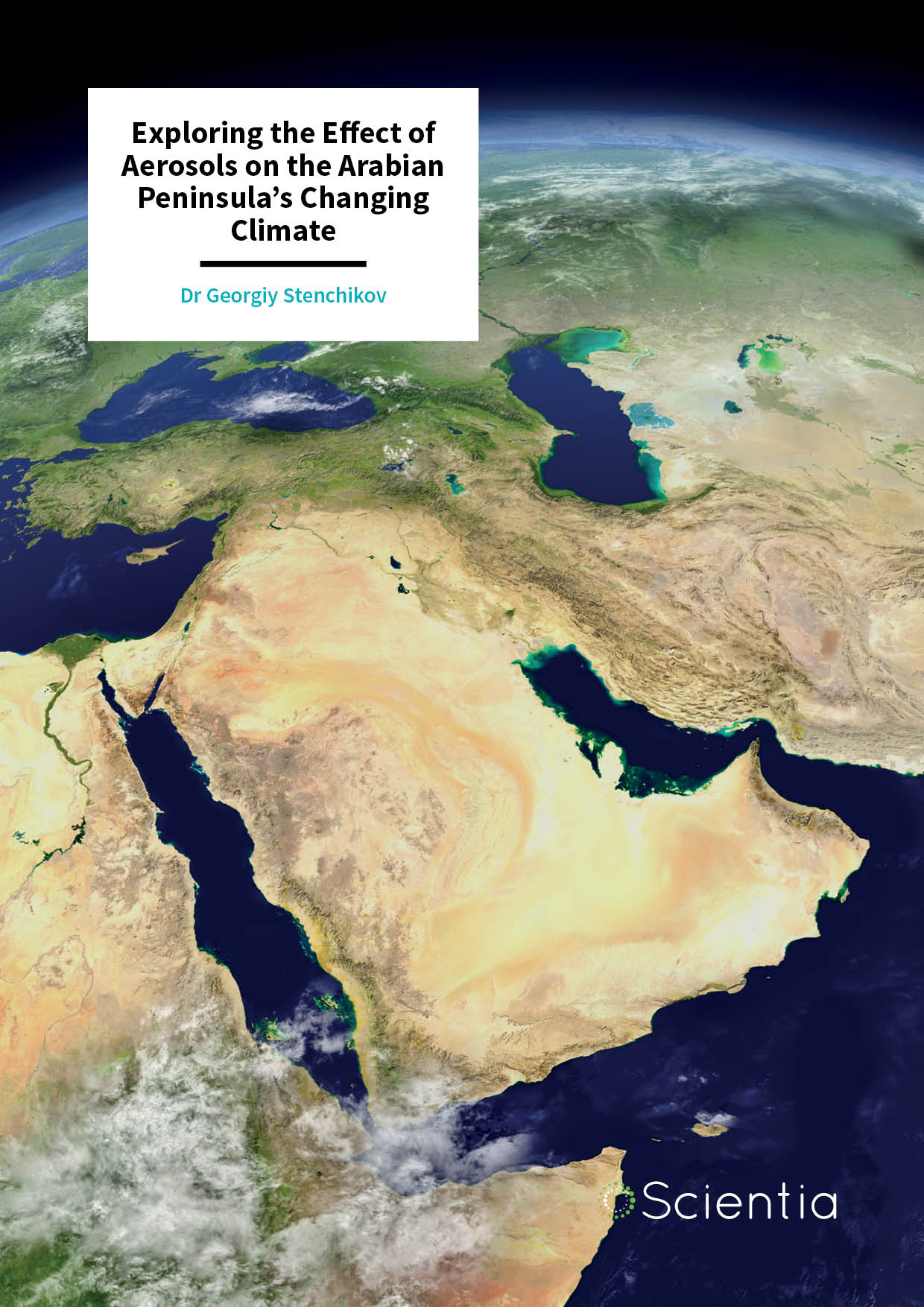
Dr Georgiy Stenchikov – Exploring the Effect of Aerosols on the Arabian Peninsula’s Changing Climate
Today, the Arabian Peninsula already faces a more daunting array of environmental challenges than most other regions on Earth. Yet as the climate changes, it is now expected to feel these adverse effects even more strongly in the coming decades. Using the latest modelling techniques, combined with ground-based observations, Dr Georgiy Stenchikov at King Abdullah University of Science and Technology in Saudi Arabia aims to make better predictions of how these changes will unfold. His work now provides critical guidance on how governments in the region should prepare for future shifts in climate and air quality.
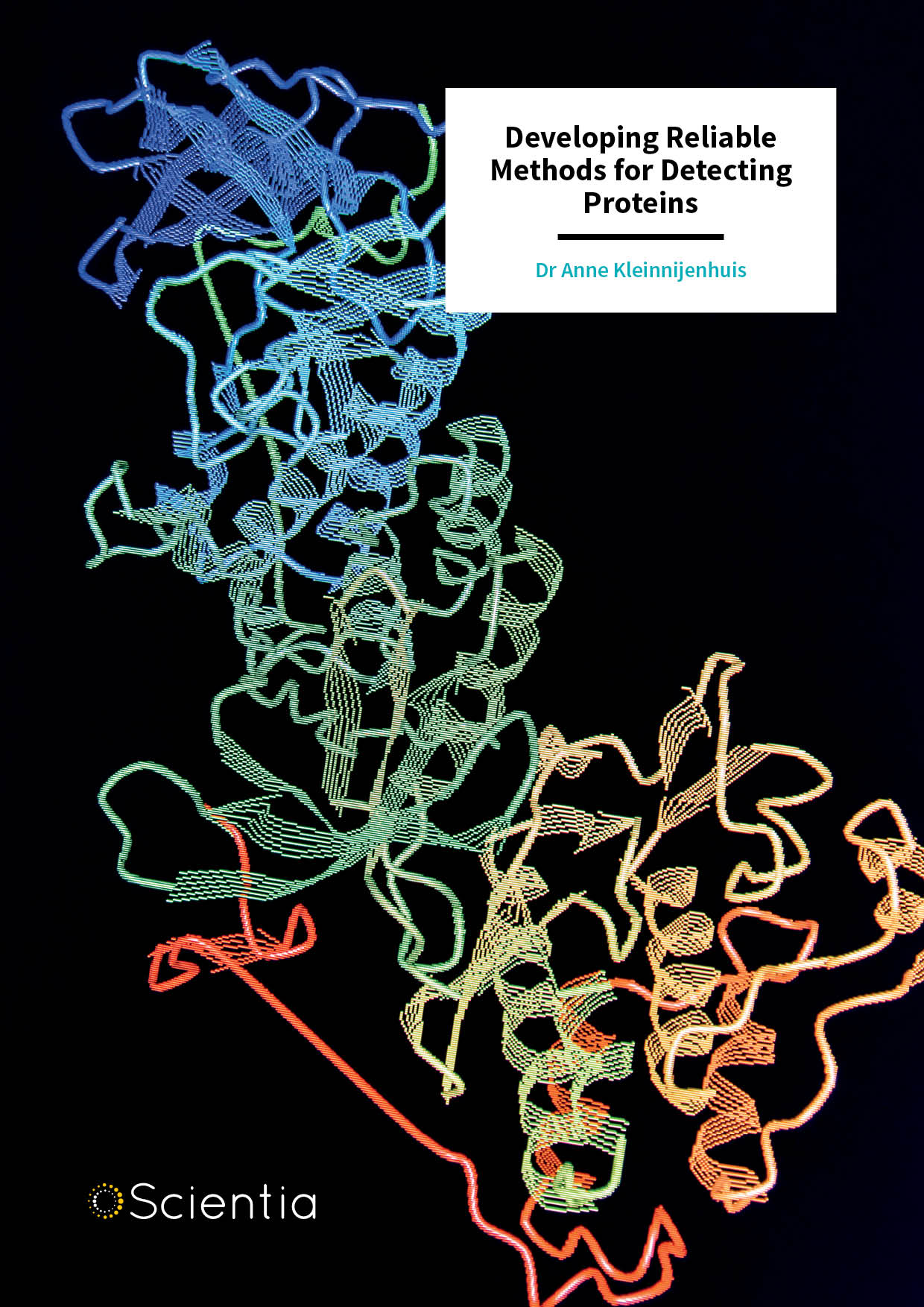
Dr Anne Kleinnijenhuis – Developing Reliable Methods for Detecting Proteins
Proteins are a fundamental building block of all living organisms. Knowing how to detect and quantify them and monitor their interactions is therefore vital in numerous different fields, from food science to pharmacology. Dr Anne Kleinnijenhuis and his colleagues at TRISKELION in The Netherlands specialise in the development of innovative analytical techniques for measuring proteins. Recently, they have been designing improved methods that have far-reaching applications in food preparation, pharmaceuticals and blood analysis.
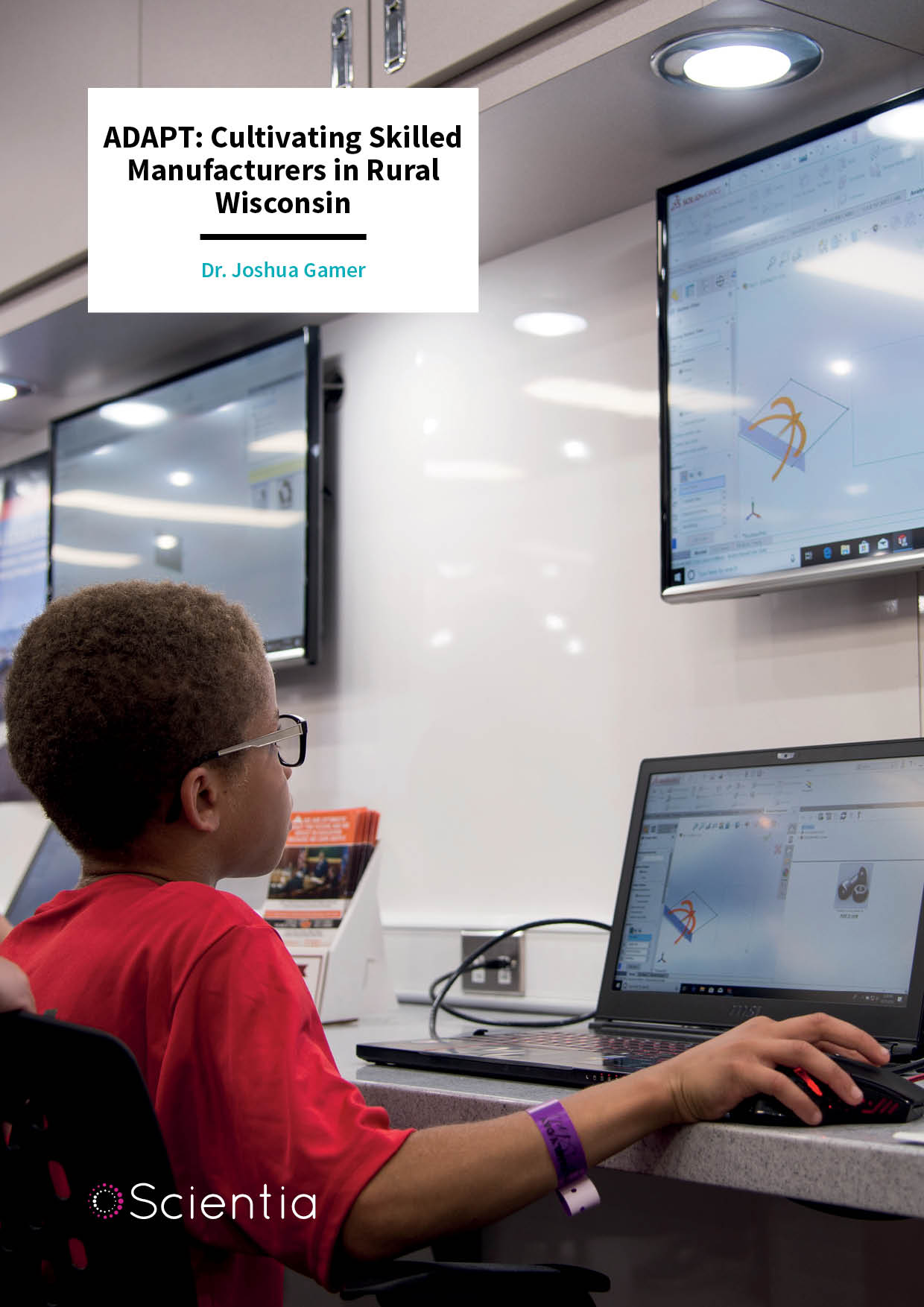
ADAPT: Cultivating Skilled Manufacturers in Rural Wisconsin
The manufacturing industry has long been central to the livelihoods of people in rural Wisconsin. Increasingly, however, the speed of change and innovation that many of these businesses need to incorporate to stay competitive are profound. This change, known as ‘Industry 4.0’, is being applied to businesses both large and small. In Western Wisconsin, the Trempealeau Valley Cooperative 2.0, Western Technical College and Ashley Furniture Industries are collaborating to develop a new educational model that will equip a new generation of students with the necessary skills to retain a cutting-edge manufacturing industry in the region.
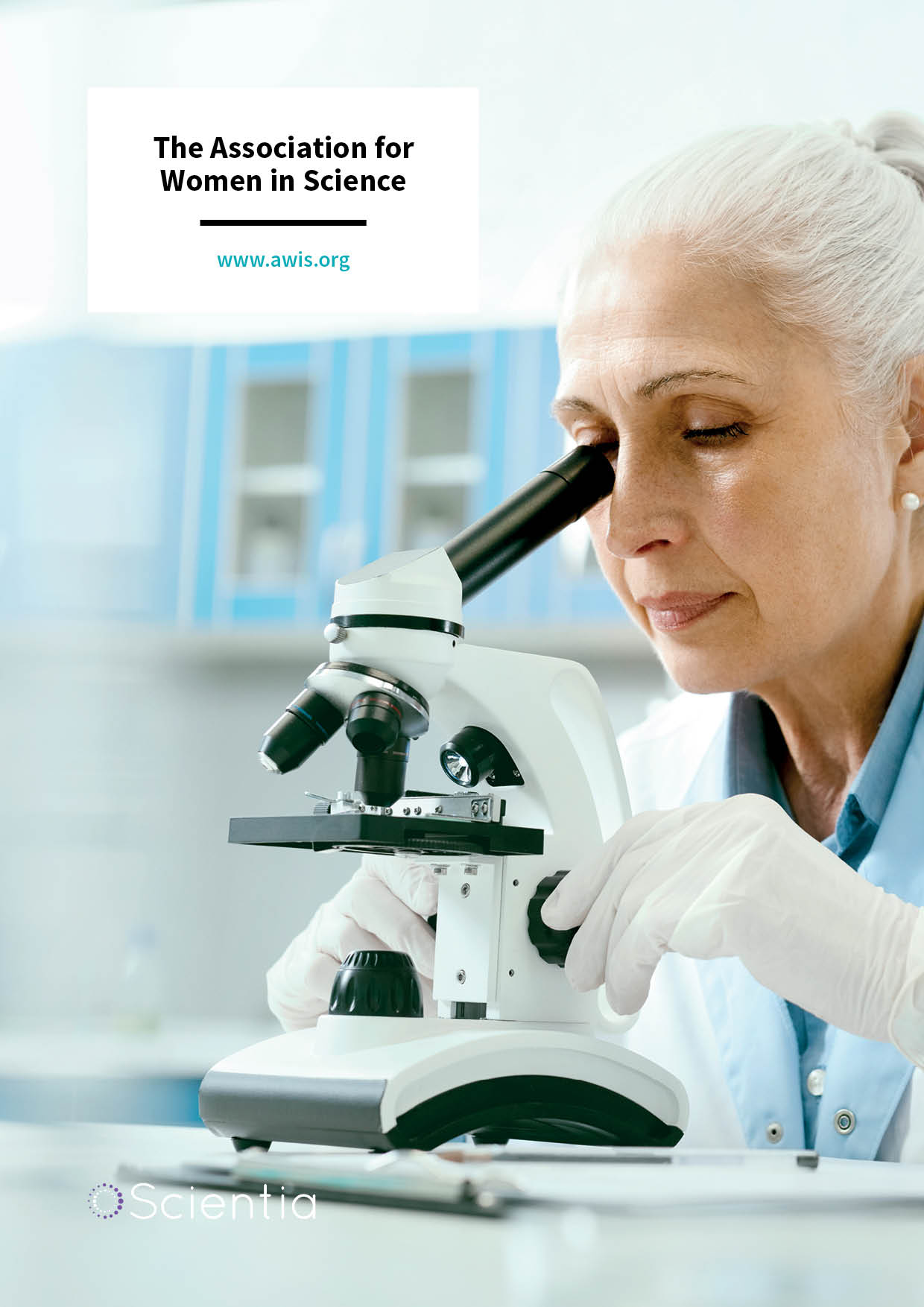
The Association for Women in Science
Founded almost 50 years ago, the Association for Women in Science (AWIS) is a global network that inspires bold leadership, research, and solutions that advance women in STEM, spark innovation, promote organisational success, and drive systemic change. In this exclusive interview, we speak with AWIS president and world-renowned biomedical innovator Dr Susan Windham-Bannister, who describes the barriers that women face in the STEM workplace, and the many ways in which AWIS supports women in science and works towards eliminating inequality through systemic change.
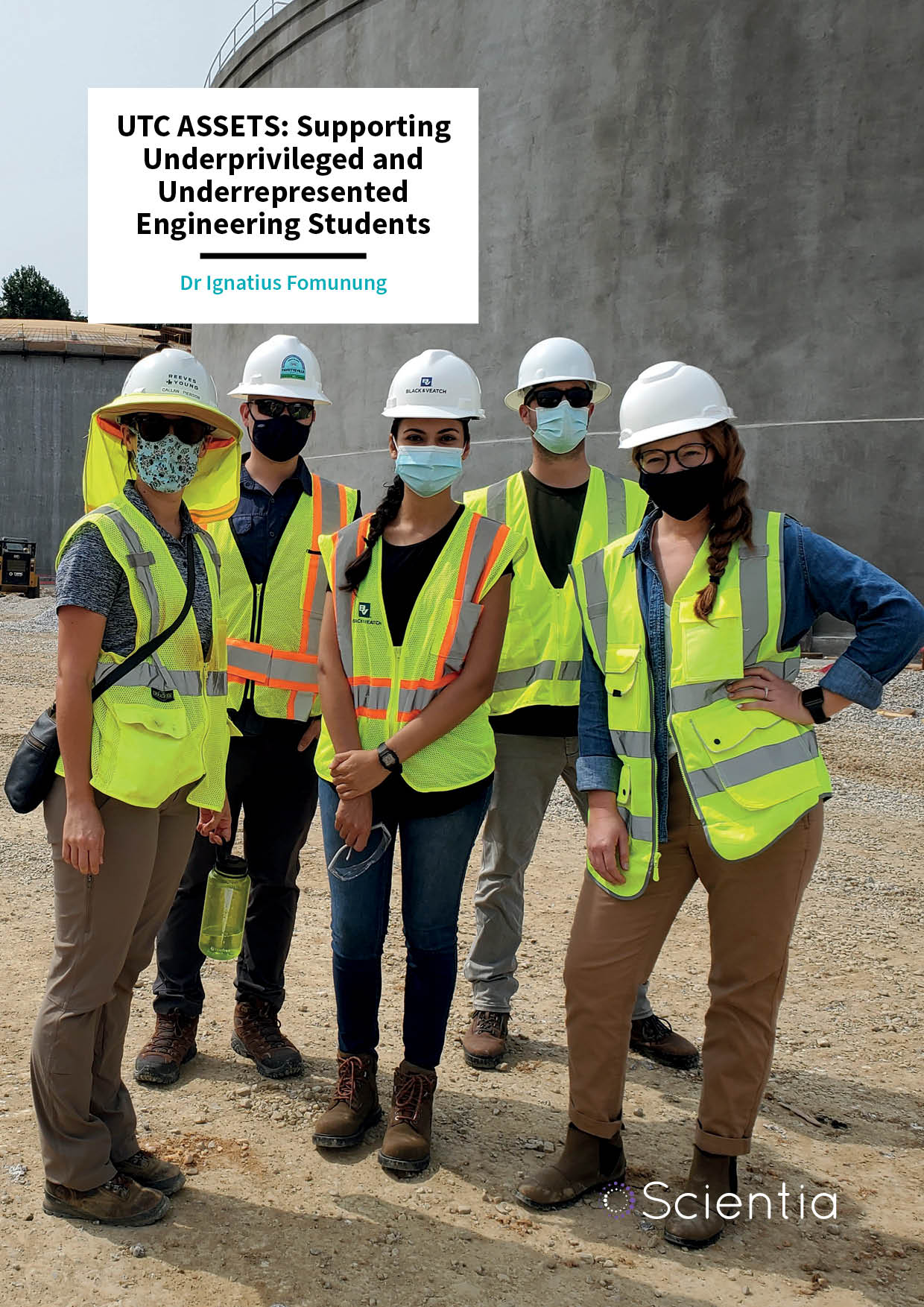
UTC ASSETS: Supporting Underprivileged and Underrepresented Engineering Students
When designing undergraduate engineering courses, educators typically assume that all new students will be academically prepared to begin higher education studies. The reality, however, is that not all students starting college are ‘college ready’, as some may have had fewer learning opportunities in the past. To help these students achieve their full potential, Dr Ignatius Fomunung and his colleagues at the University of Tennessee Chattanooga created ASSETS. This academic program is specifically designed to support engineering students that transfer to university from community colleges, who may be academically disadvantaged compared to their peers.
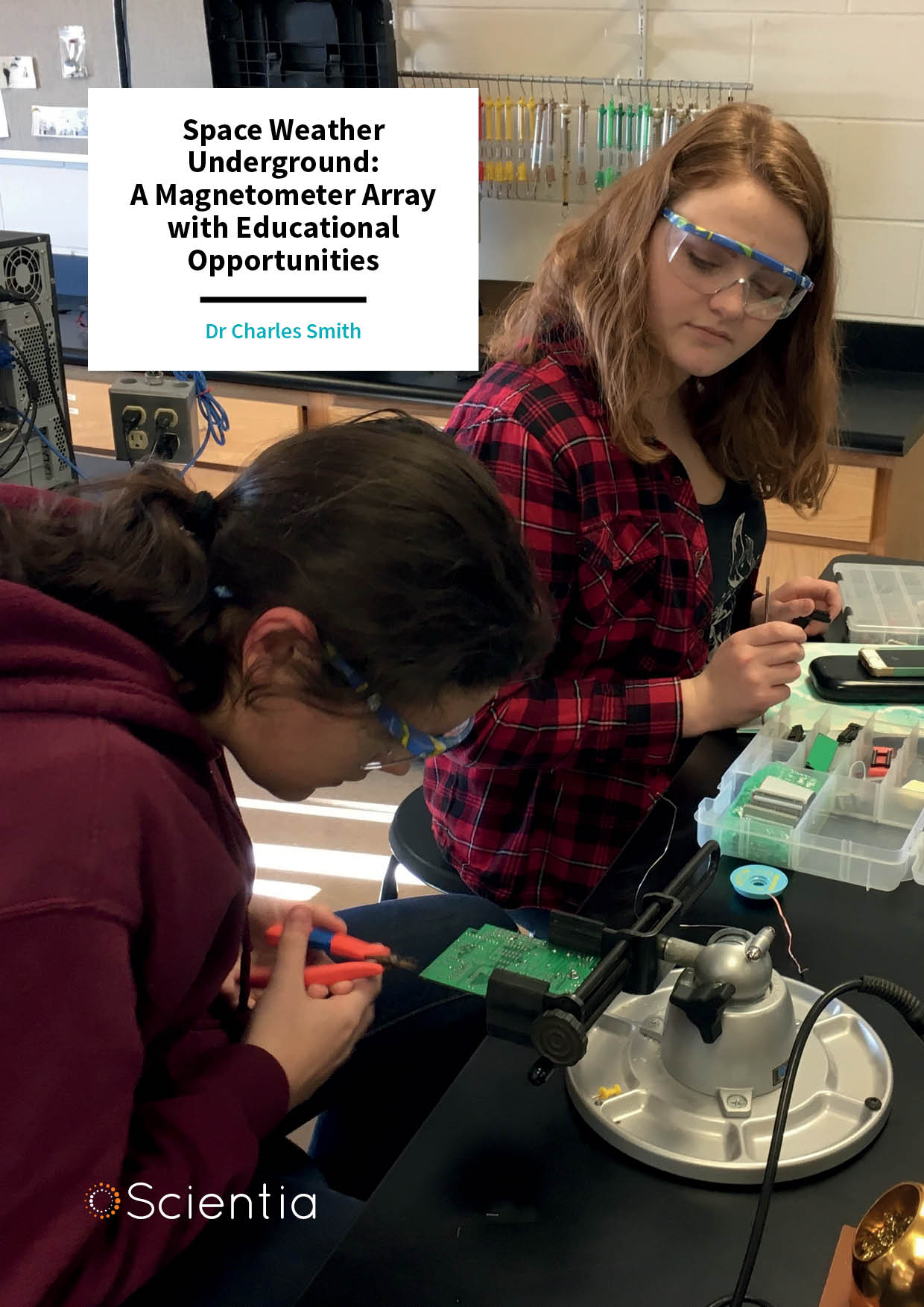
Dr Charles Smith – Space Weather Underground: A Magnetometer Array with Educational Opportunities
The complex processes of Earth’s ionosphere may occur far above the planet’s surface, but when monitored from numerous locations at sufficient distances, they can be measured using inexpensive equipment on the ground. Dr Charles Smith at the University of New Hampshire has assembled an extensive team to do just that, with participants ranging from space scientists with decades of experience, to high school students considering futures in science and engineering. Named Space Weather Underground, the project could soon make extensive data on ionosphere dynamics available to scientists and the public alike.
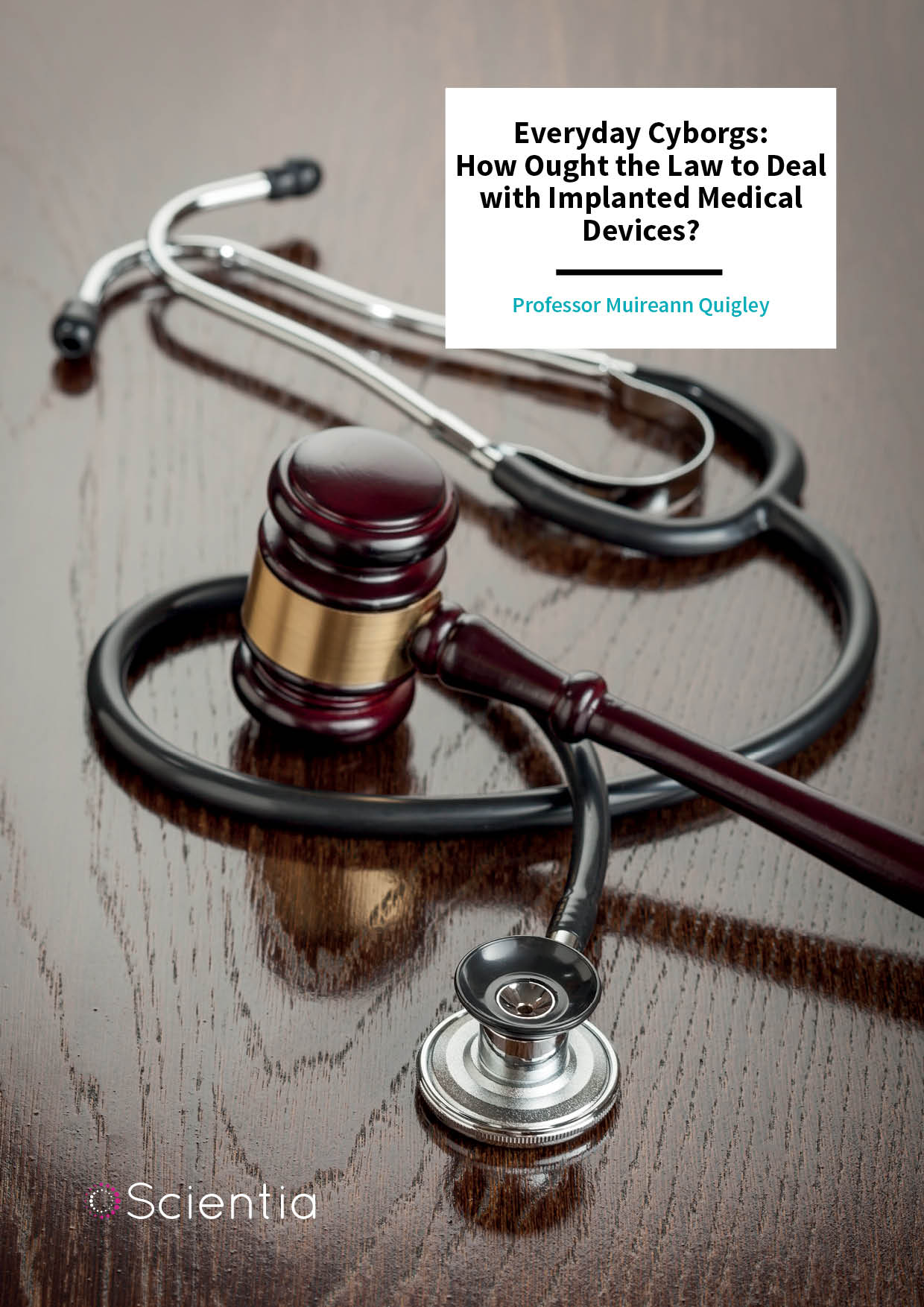
Professor Muireann Quigley – Everyday Cyborgs: How Ought the Law to Deal with Implanted Medical Devices?
Attached and implanted technologies are now part of everyday life for many millions of people. Yet as the capabilities of these devices have advanced rapidly in recent years, lawmakers have struggled to keep pace. Professor Muireann Quigley at the University of Birmingham believes that it is now more critical than ever that the law catches up with the technological and social change wrought by attached and implanted medical devices, especially ‘smart’ ones. Through the Everyday Cyborgs 2.0 and DIY Diabetes projects, she and her colleagues hope to bring law, regulation, and policy regarding these technologies into the 21st century.
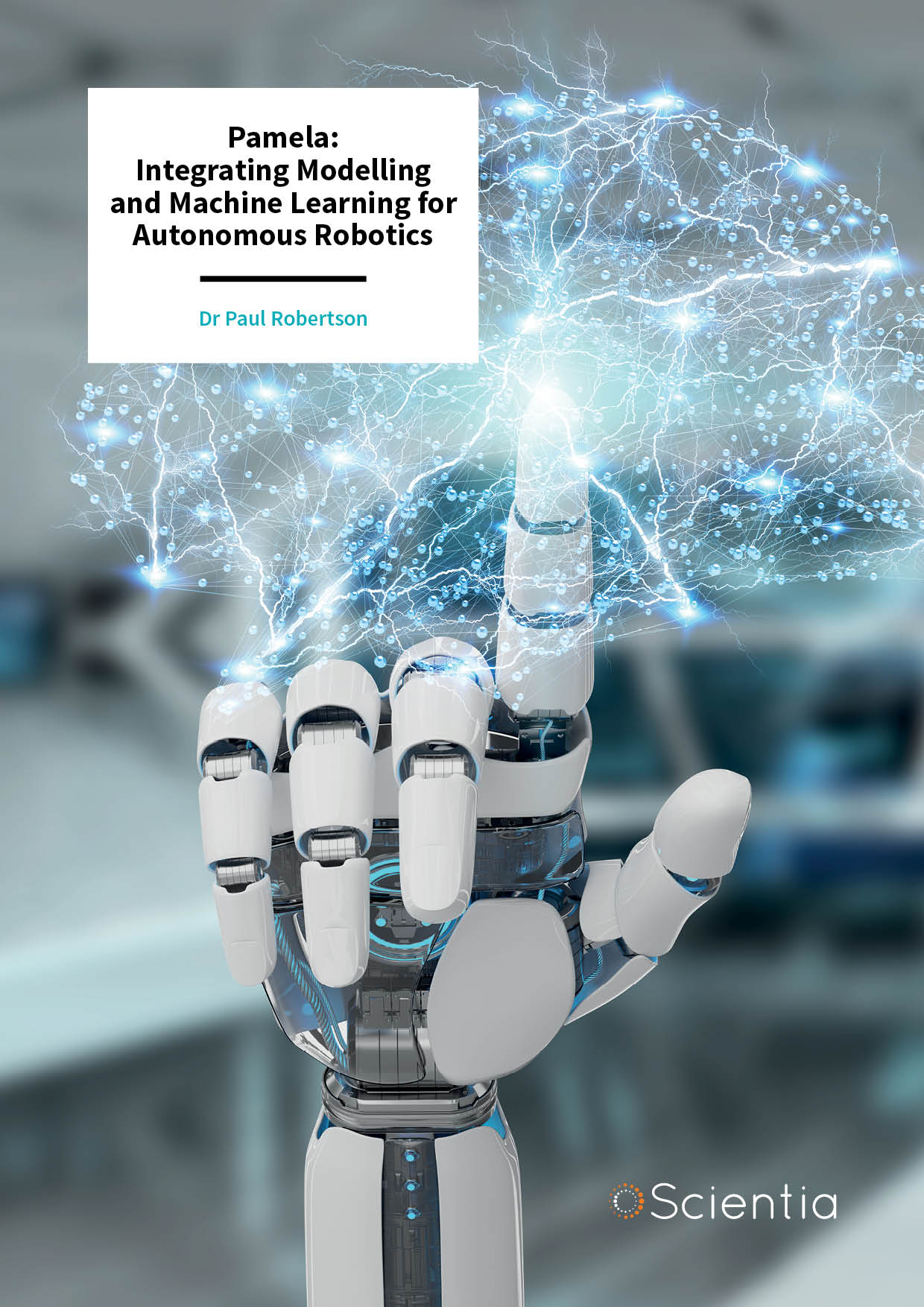
Dr Paul Robertson – Pamela: Integrating Modelling and Machine Learning for Autonomous Robotics
Machine learning is rapidly advancing the decision-making capabilities of today’s computers, yet without an in-depth knowledge of the programming it involves, many engineers and researchers find current technology inaccessible. Dr Paul Robertson at Dynamic Object Language Labs (DOLL) in Massachusetts believes that a solution to the issue may have been hidden in plain sight: machine learning itself. His ideas have now culminated in ‘Pamela’: a universal, open-source language capable of modelling real-world systems, and building plans to overcome challenges. The language and its related tools could soon open up significant opportunities in the emerging field of artificial intelligence.
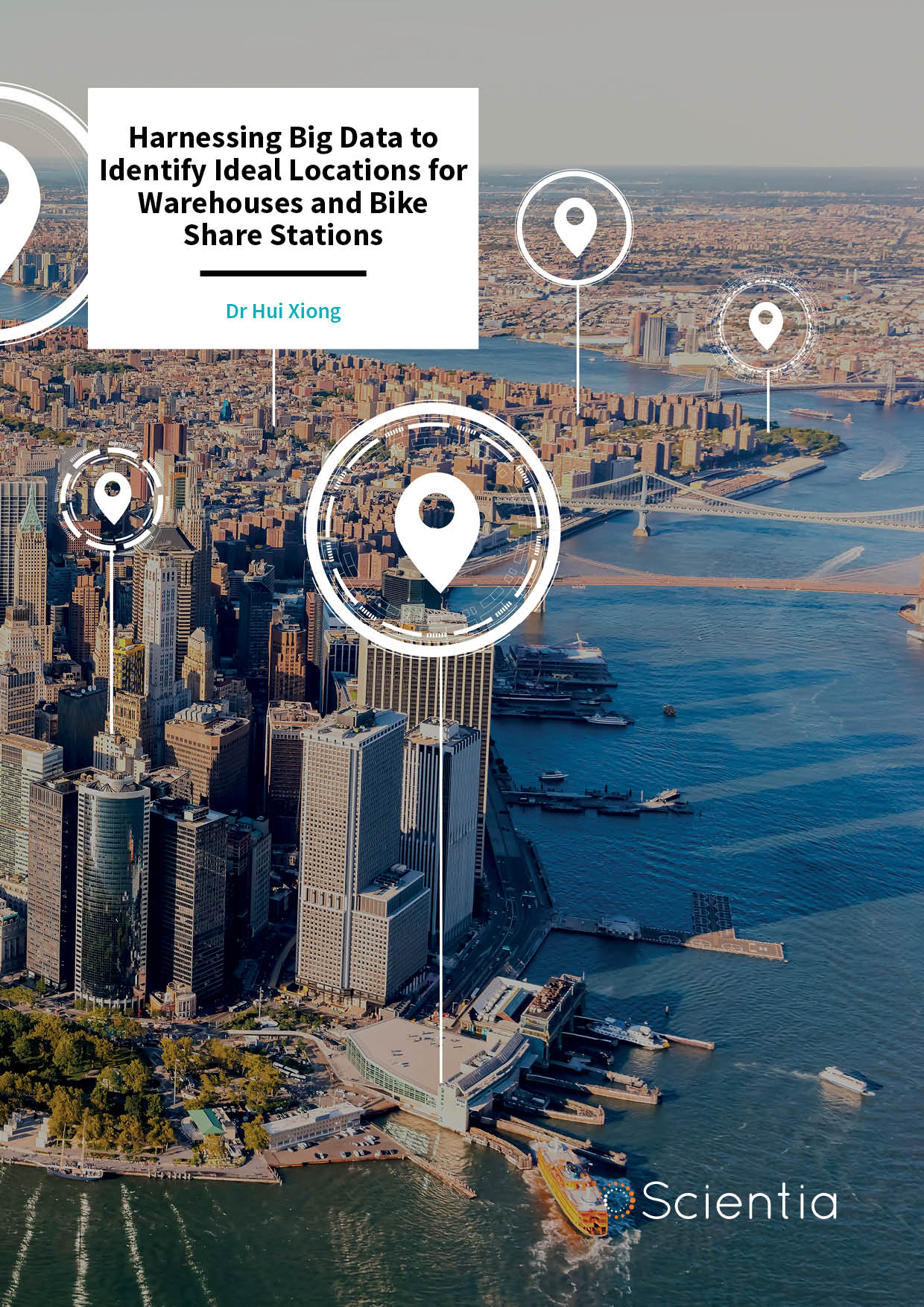
Dr Hui Xiong – Harnessing Big Data to Identify Ideal Locations for Warehouses and Bike Share Stations
With a sharp increase in the public use of online shopping in recent years, which has spiked further due to the COVID-19 pandemic, the importance of warehouse positioning to provide an optimal delivery service has become a significant area of focus for retailers. Similarly, bike sharing in major cities has also seen an astronomical rise in usage – prompting questions about how bike stations can be best positioned. Stations in optimised locations would require minimal interference to change the stock levels, while also ensuring the greatest accessibility to users. Dr Xiong and his colleagues at Rutgers University have been using the ubiquity of big data to better optimise these systems for both cost efficiency and standard of service to customers, testing their findings in real-world scenarios.

Dr Florian Kerschbaum – Taking the Sting Out of Big Data
To many people, the idea of Big Data is inseparable from the fear of a loss of privacy. Since many modern companies must collect vast amounts of personal information in order to operate effectively, this concern is now growing globally. Dr Florian Kerschbaum and his colleagues at the University of Waterloo aim to address the issues presented by this reality, through sophisticated new techniques that ensure all-encompassing privacy for a company’s users. If the team’s methods become more widely adopted, they could reassure many people that their sensitive information is being handled properly.
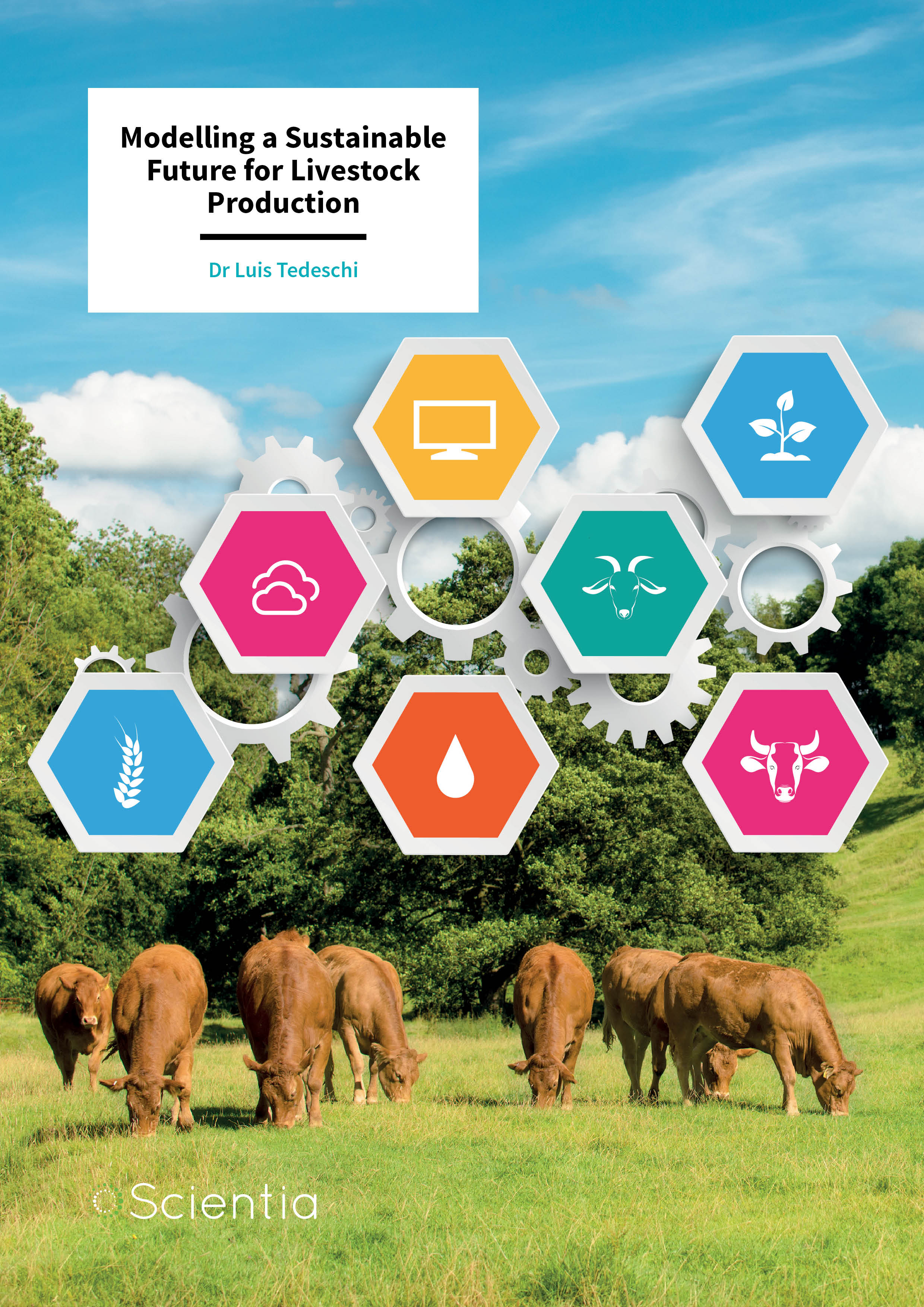
Dr Luis Tedeschi – Modelling a Sustainable Future for Livestock Production
Intensive livestock farming has contributed to environmental degradation across the globe, and is also a major source of greenhouse gas emissions. However, meeting the protein demands of a growing global population requires further increases in the food supply. Dr Luis Tedeschi and his team from Texas A&M University and Texas A&M AgriLife Research have been studying the sustainable intensification of livestock production, utilising modelling-based approaches. They consider whether these tools can be used to increase production efficiency while minimising environmental impacts, helping to preserve and regenerate the natural resources that form the basis of the industry, for future generations.
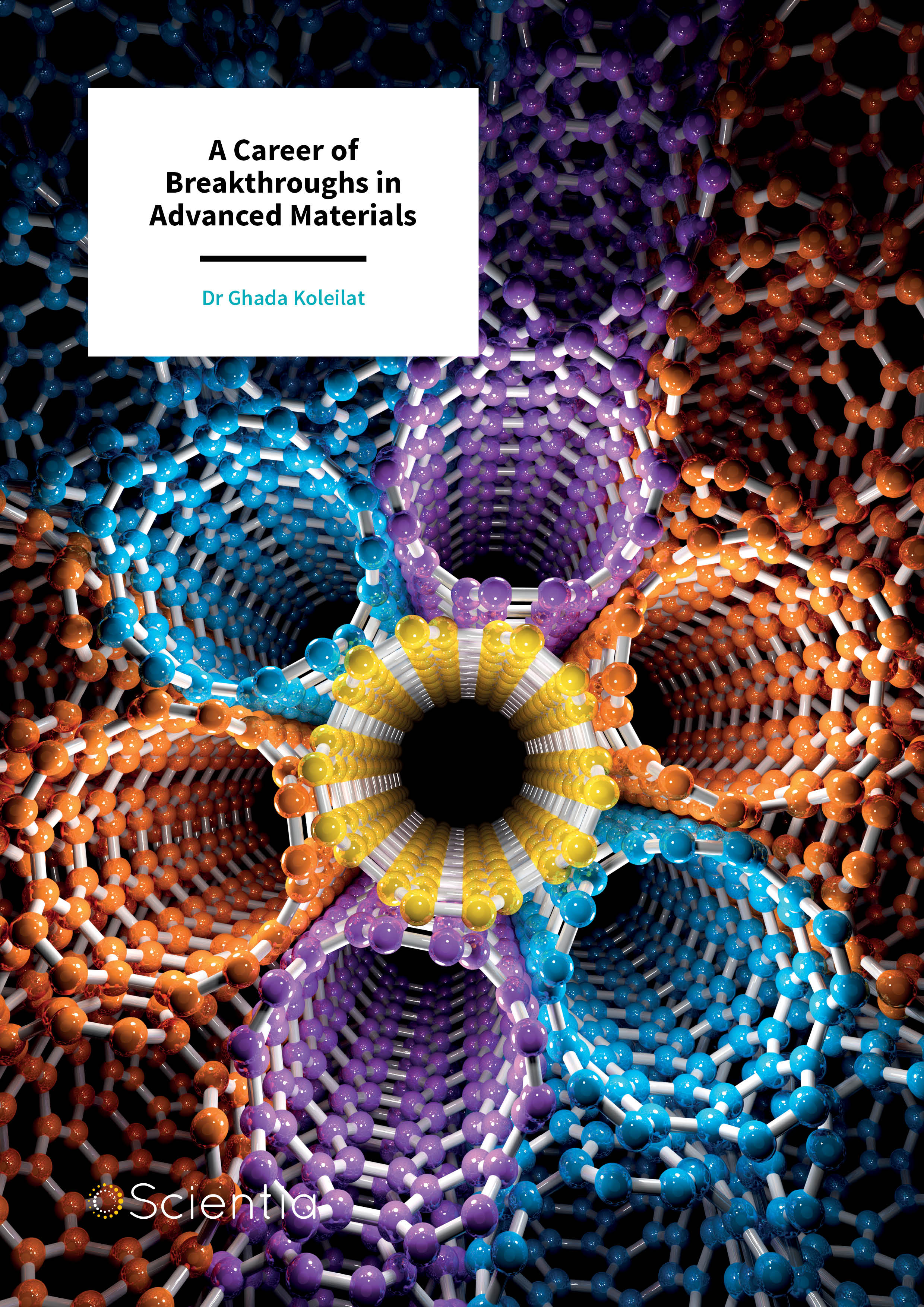
Dr Ghada Koleilat – A Career of Breakthroughs in Advanced Materials
Solution-processed nanomaterials, such as quantum dots, are some of the most exciting and widely studied materials in nanotechnology today, but reaching this point has been no easy task for scientists. From the very start of her career, Dr Ghada Koleilat, now an Assistant Professor at Dalhousie University in Canada, has been a renowned pioneer in this field – devising innovative new solutions to some of nanotechnology’s most pressing questions. Her numerous breakthroughs have brought about some profound new ways of thinking in one of the most rapidly developing energy generation technologies in the modern world: solar cells.
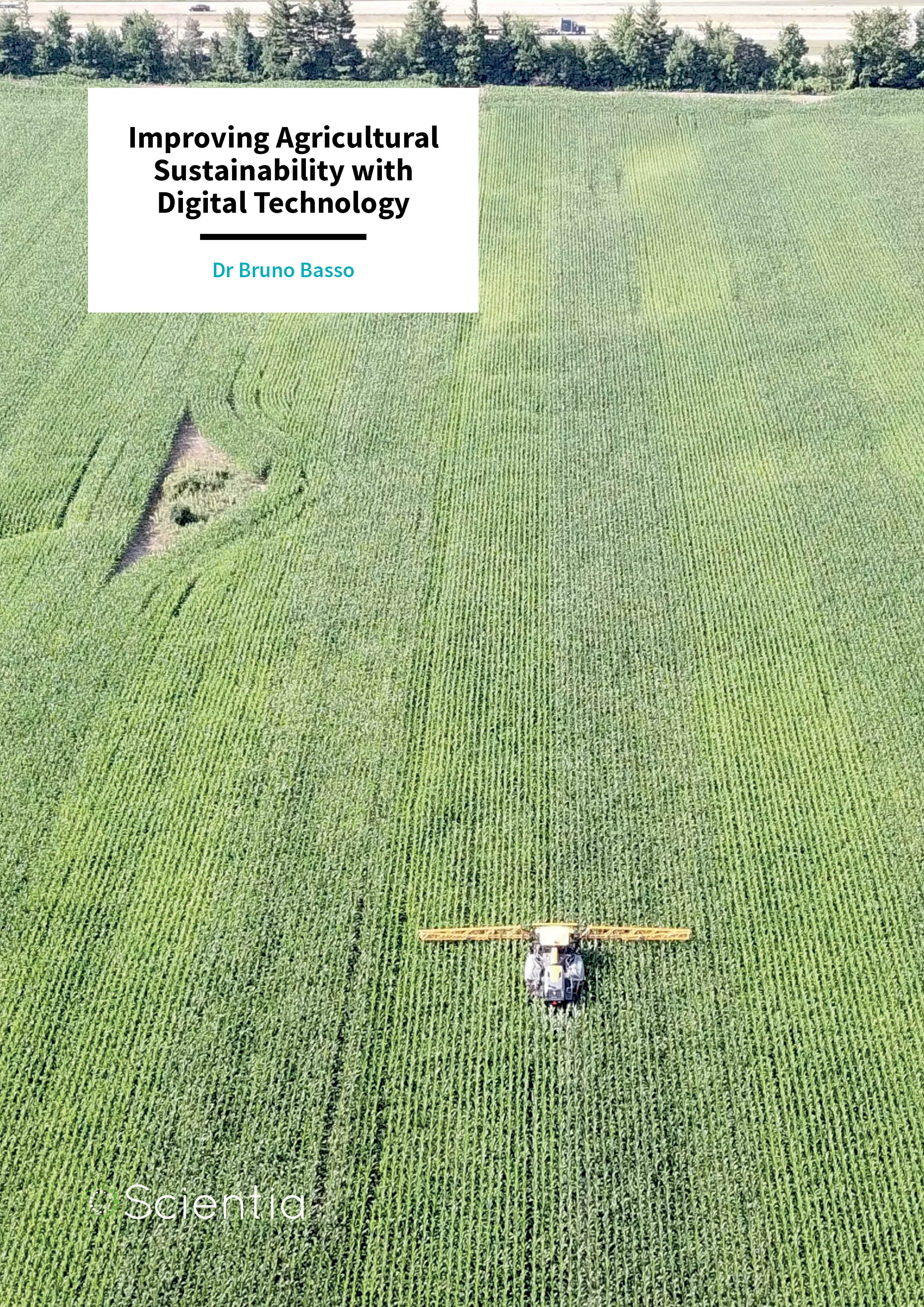
Dr Bruno Basso – Improving Agricultural Sustainability with Digital Technology
In recent decades, advancements in agricultural practices have made the large-scale production of cheap and nutritious food possible. However, these practices are often damaging to the environment, making them unsustainable in the long term. Technology is now sufficiently developed that many of these environmental impacts can be reduced or mitigated, by using ‘big data’ to inform farming management decisions. Dr Bruno Basso from Michigan State University and his network of researchers have been exploring how digital technologies could usher in a new era of sustainable agriculture that balances competing economic and social interests while minimising trade-offs.
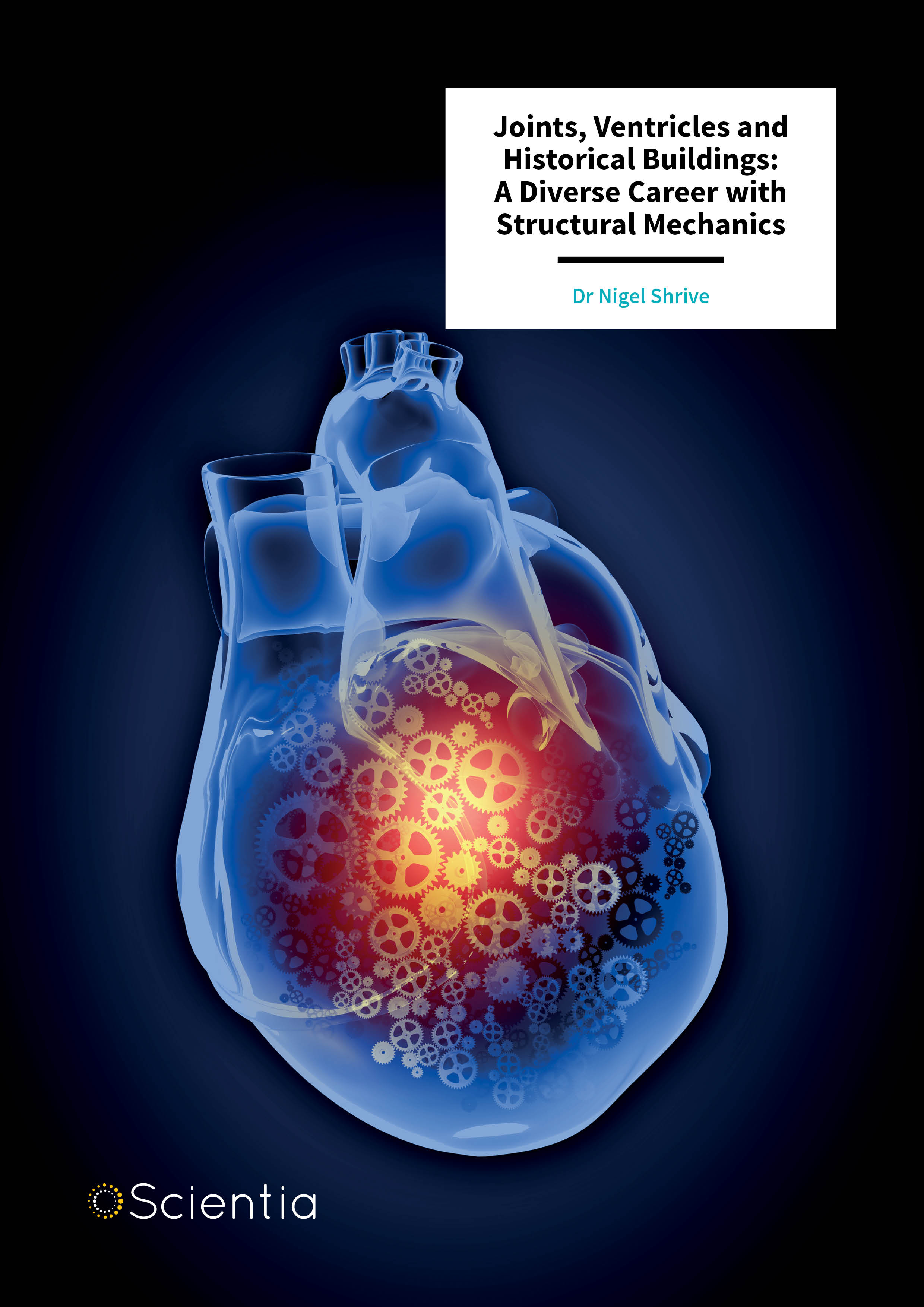
Dr Nigel Shrive – Joints, Ventricles and Historical Buildings: A Diverse Career with Structural Mechanics
Engineering mechanics can provide medical researchers with invaluable insights into the diverse mechanisms contained within the human body, and the conditions that arise when they go wrong. Over a career spanning four decades, Dr Nigel Shrive at the University of Calgary has offered significant contributions to this field. His research is now helping to improve the lives of many millions of people who are currently suffering from mechanical failure within the body. Elsewhere, his work has also enabled countries to protect their priceless historical heritage.
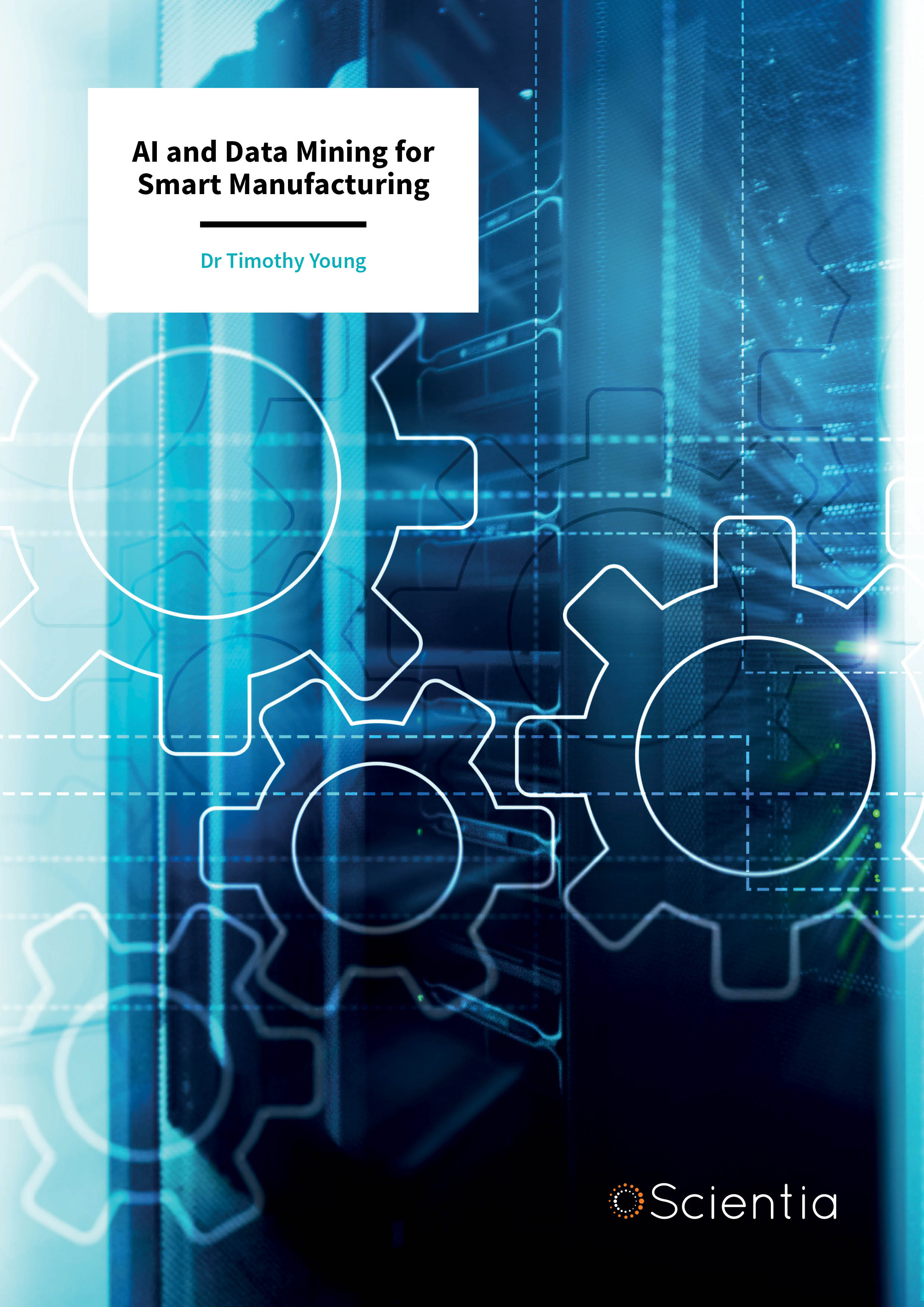
Dr Timothy Young – AI and Data Mining for Smart Manufacturing
Big data is now central to the operation of many online companies, but until now, the wealth of information it provides has remained largely untapped by manufacturers. Dr Tim Young at the University of Tennessee believes that through data science, this information could be used to significantly streamline the operations of many manufacturing industries. His work provides the widely varied parties involved in these processes with important new insights into how they should handle their data, ultimately helping them to improve the efficiency of their operations.
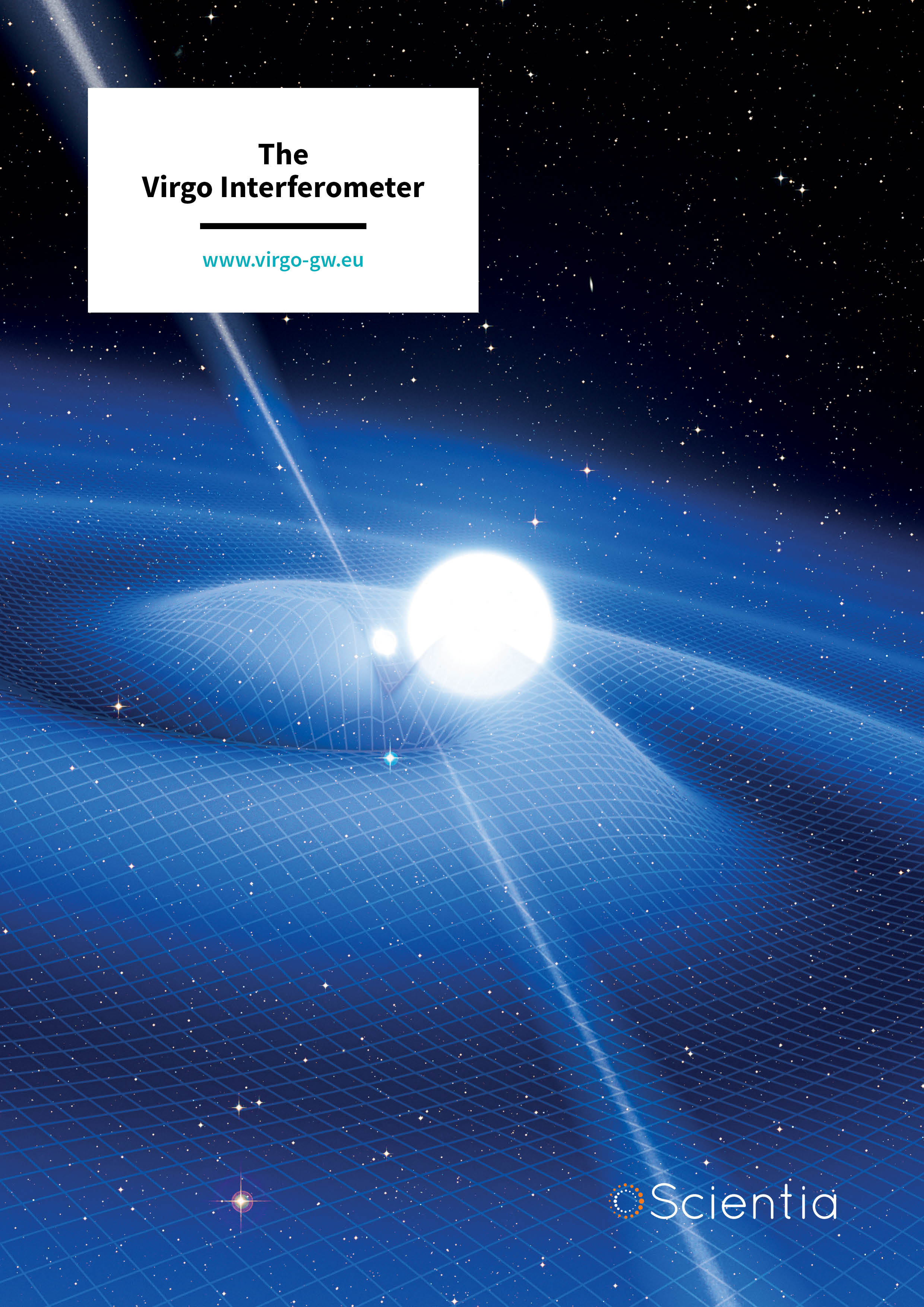
The Virgo Interferometer
Located near the city of Pisa in Italy, the Virgo interferometer is the most sensitive gravitational wave detector in Europe. The latest version of the interferometer – the Advanced Virgo – was built in 2012, and has been operational since 2017. Virgo is part of a scientific collaboration of more than 100 institutes from 10 European countries. By detecting and analysing gravitational wave signals, which arise from collisions of black holes or neutron stars millions of lightyears away, Virgo’s goal is to advance our understanding of fundamental physics, astronomy and cosmology. In this exclusive interview, we speak with the spokesperson of the Virgo Collaboration, Dr Jo van den Brand, who discusses Virgo’s achievements, plans for the future, and the fascinating field of gravitational wave astronomy.
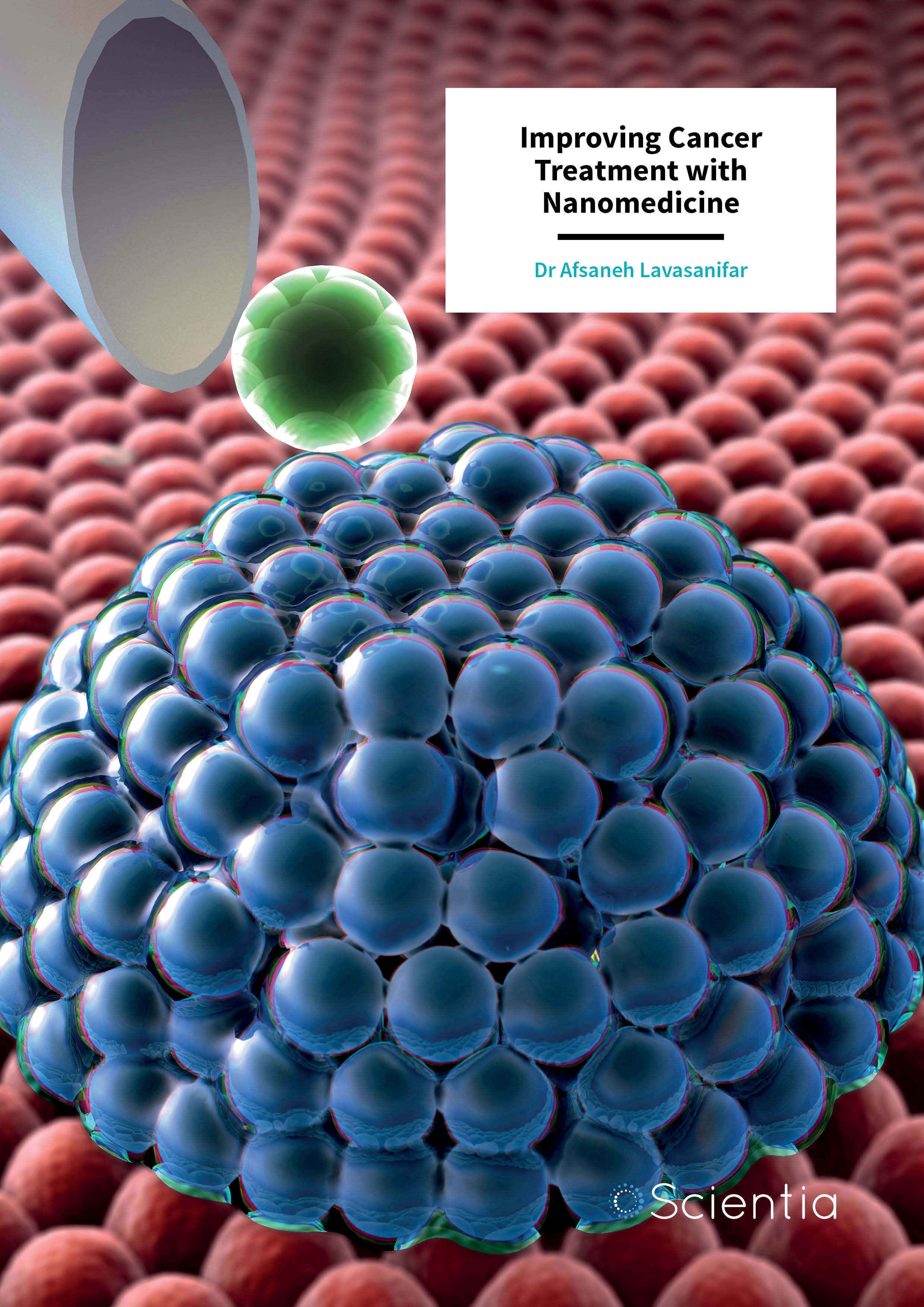
Dr Afsaneh Lavasanifar – Improving Cancer Treatment with Nanomedicine
Cancer is one of the most common causes of mortality worldwide and diagnosis rates are continually increasing. An estimated one in three women and one in two men will be diagnosed with a form of cancer at some point throughout our lives. For many cancer types, chemotherapy and radiotherapy are the chosen treatment methods, but their success rates are surprisingly limited, and both can cause serious side-effects. Dr Afsaneh Lavasanifar and her research group at the University of Alberta have set out to develop drug-delivery systems to improve the effectiveness of cancer treatment and reduce side-effects. Their research involves the targeted delivery of drug-loaded nanoparticles directly to tumour tissues.
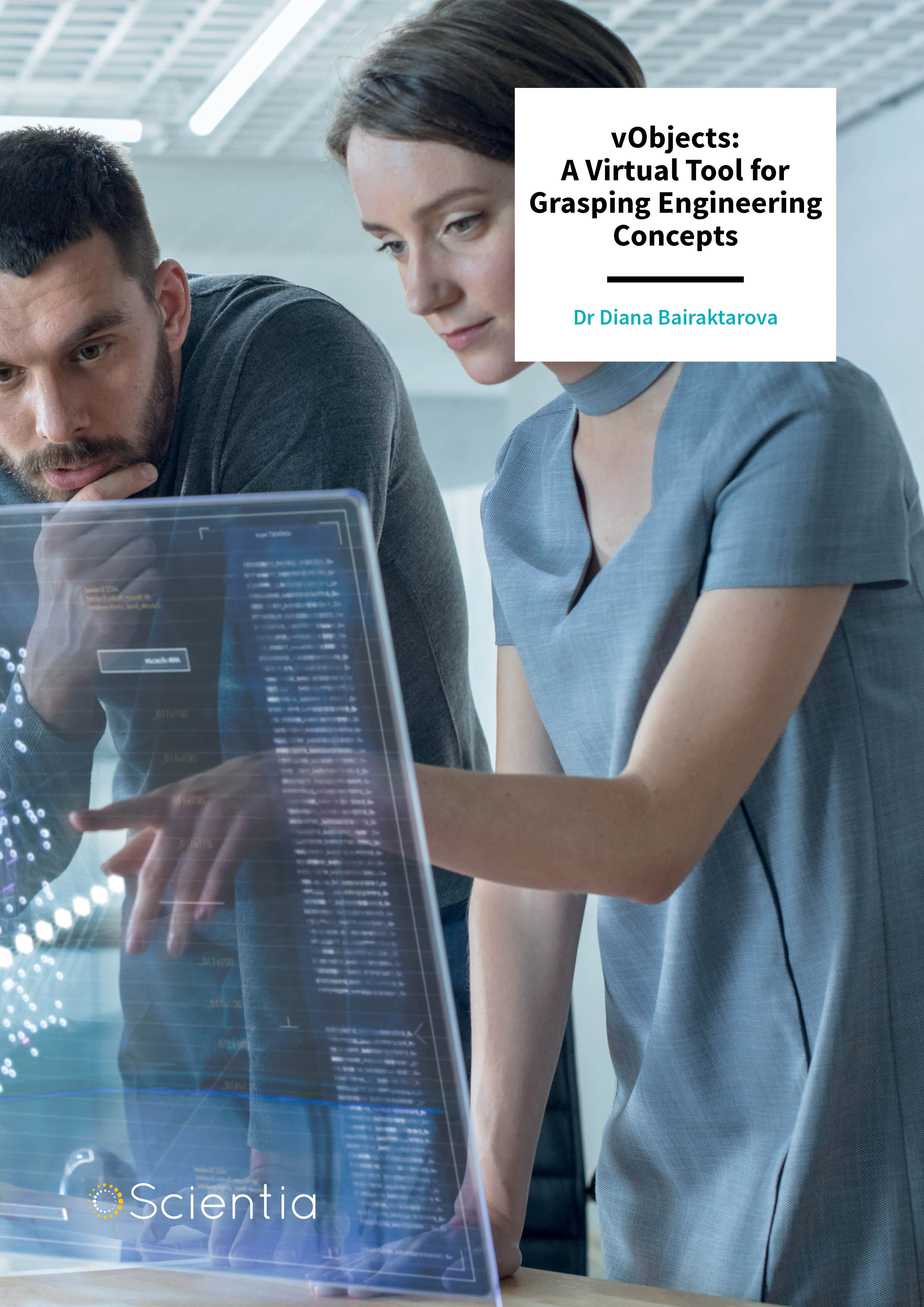
Dr Diana Bairaktarova – vObjects: A Virtual Tool for Grasping Engineering Concepts
Engineering students can benefit greatly from interacting with physical objects whose attributes mimic those of real-world systems. So far, however, objects that do this effectively have proven to be extremely difficult to create. To solve the problem, Dr Diana Bairaktarova at Virginia Tech suggests that taught engineering courses could recreate practical situations more reliably using virtual objects, or ‘vObjects’. If her approach becomes widely adopted, it could transform how engineering students learn to apply their skills to complex, often unpredictable scenarios.
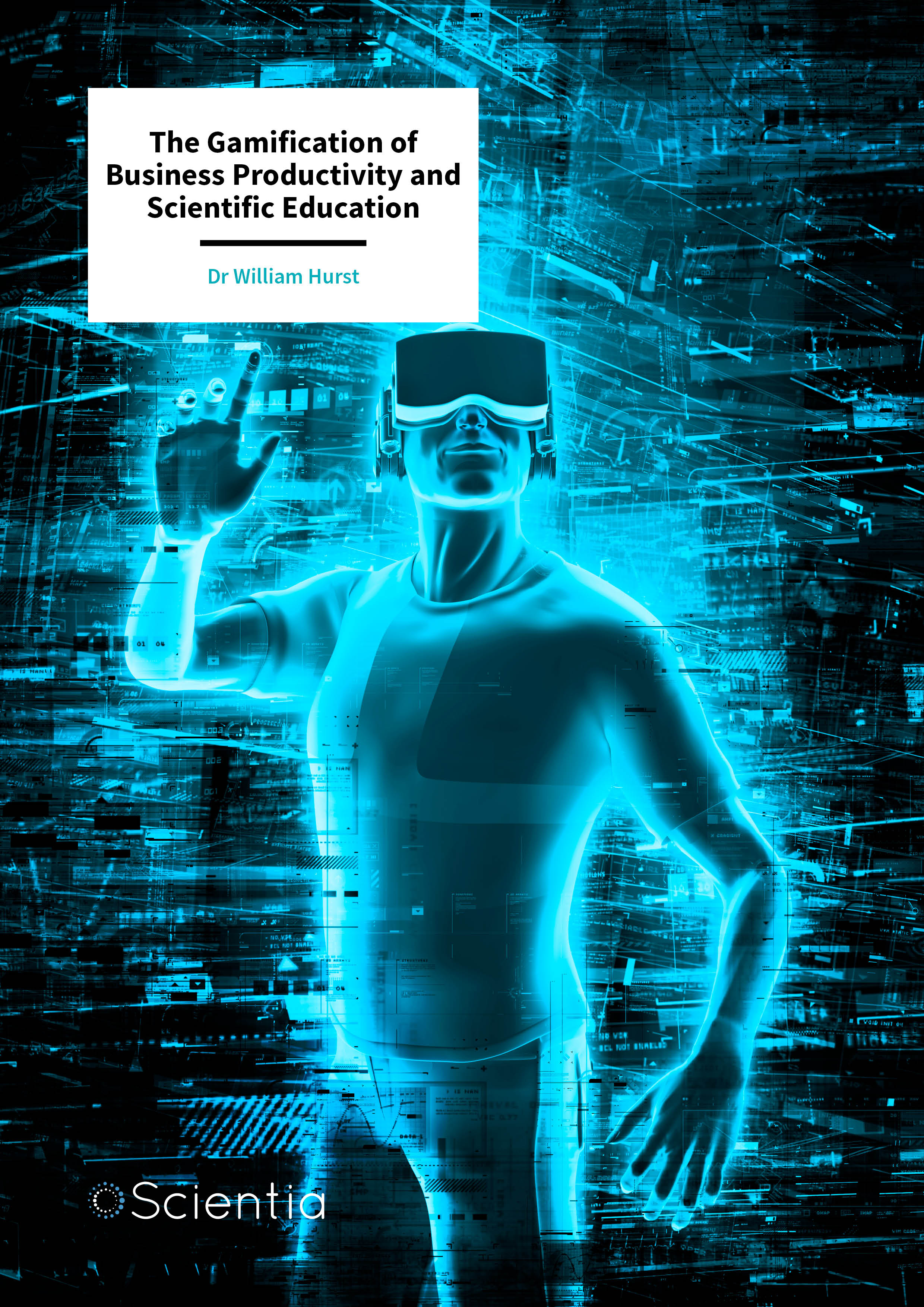
Dr William Hurst – The Gamification of Business Productivity and Scientific Education
It is undoubtable that virtual reality and augmented reality will soon be an integral part of our daily lives at home, in education, and at work. Here, we look at some of the exciting projects that Dr William Hurst of the Department of Computer Science at Liverpool John Moores University is driving forward and read how he is embracing virtual reality and augmented reality to enhance teaching and education, providing insight into how such technology may be utilised in the not too distant future.
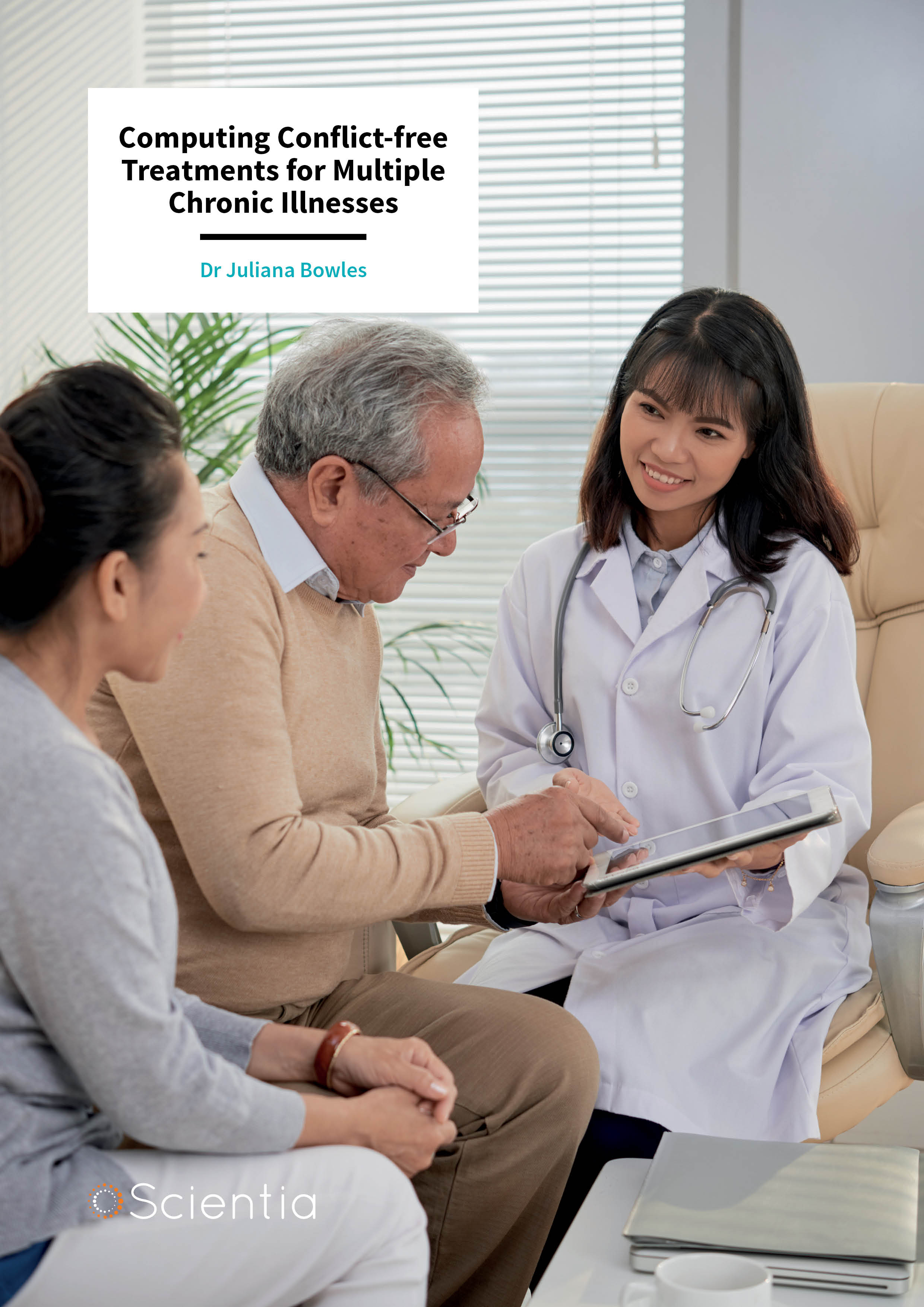
Dr Juliana Bowles – Computing Conflict-free Treatments for Multiple Chronic Illnesses
Modern treatments for patients with more than one chronic condition can be highly precarious, and in many cases, simultaneous treatments for different illnesses can be detrimental to each other and ultimately, the patient. Dr Juliana Bowles at the University of St Andrews believes that this pressing issue can be solved with the help of advanced computational techniques. Her team has explored the ability of such techniques to calculate reliable outcomes within models of complex systems. Their work promises to significantly enhance the ways in which treatments for chronic conditions could be delivered – improving safety and quality of life for patients.

Dr Stephanie Manz and Dr Thorsten Schumm – iWave: A New Scheme for Matter Wave Interferometry
By precisely measuring path differences in light waves as they are split apart and recombined, interferometers have allowed physicists to make some of their most profound discoveries: from disproving the ether theory in the late 19th century, to the first detections of gravitational waves in 2016. Now, Dr Stephanie Manz and Dr Thorsten Schumm at TU Vienna aim to push the capabilities of interferometers further with iWave: an instrument that exploits particle-wave-duality, one of the fundamental principles of quantum mechanics. By replacing light waves with matter waves, the duo and their team believe that their new interferometer could bring about exciting experimental opportunities.
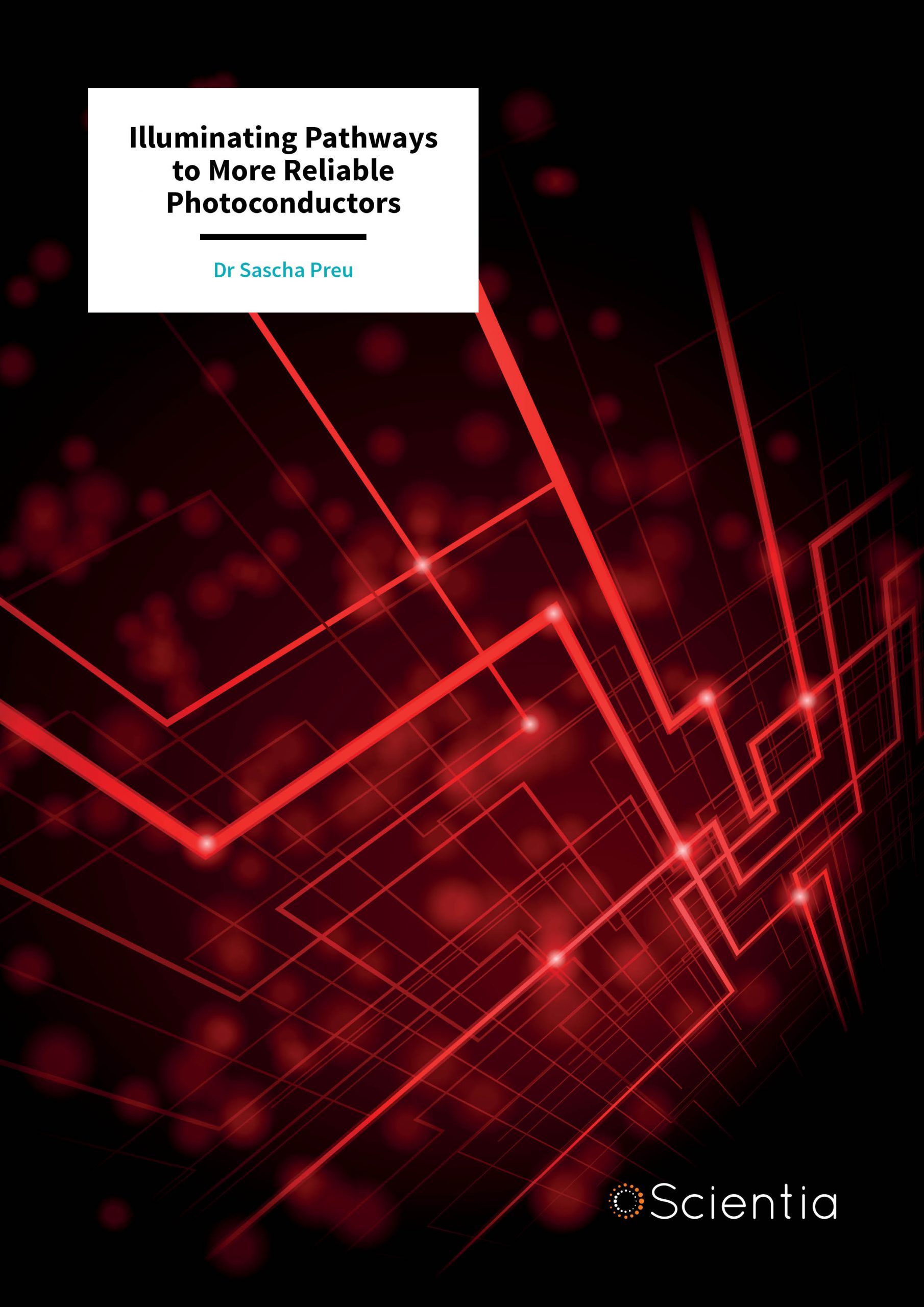
Dr Sascha Preu – Illuminating Pathways to More Reliable Photoconductors
Using laser light to produce and receive high-frequency radiation, photoconductors have become a promising aspect of materials science in recent years. So far, however, their production has faced a number of barriers. Through his research, Dr Sascha Preu at TU Darmstadt in Germany has tackled many of these challenges through the use of an alloy based on indium gallium arsenide enhanced with erbium arsenide particulates, whose electrons display some intriguing properties. His team’s work has now greatly improved the prospects for photoconductors in applications including spectroscopy, imaging and non-destructive testing.
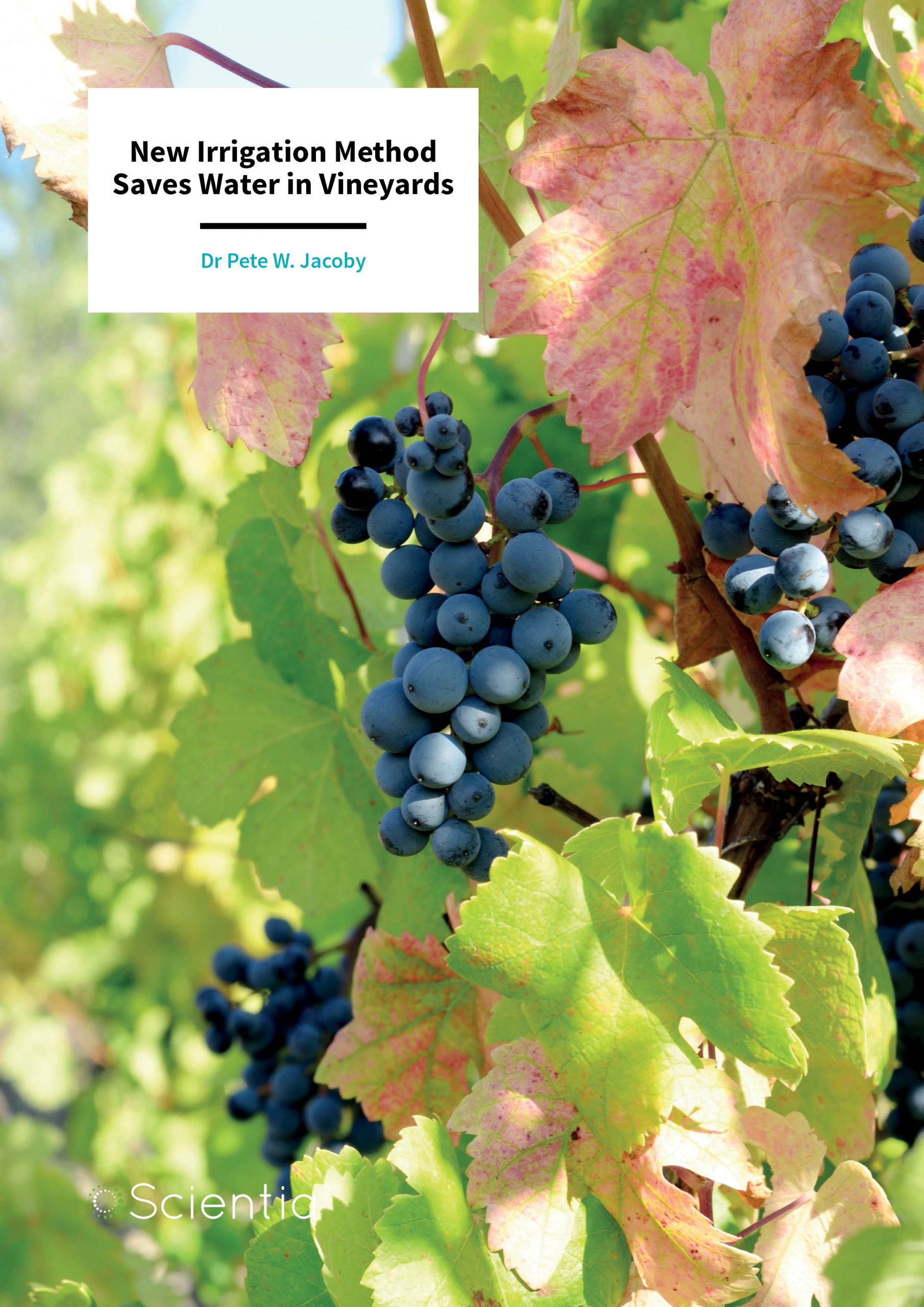
Dr Pete Jacoby – New Irrigation Method Saves Water in Vineyards
Wine is a firm favourite at dinner tables everywhere, but keeping up with consumer demand is becoming increasingly difficult as the incidence and severity of drought increases. While previous irrigation systems have helped maintain grape yield and quality, they are hindered by multiple disadvantages. Dr Pete Jacoby and his team at Washington State University have developed an improved system called Direct Root-Zone irrigation, which combats many of the limitations of previous systems. With the efficacy confirmed, they aim to make their irrigation system available to growers in wine-producing regions across the globe.
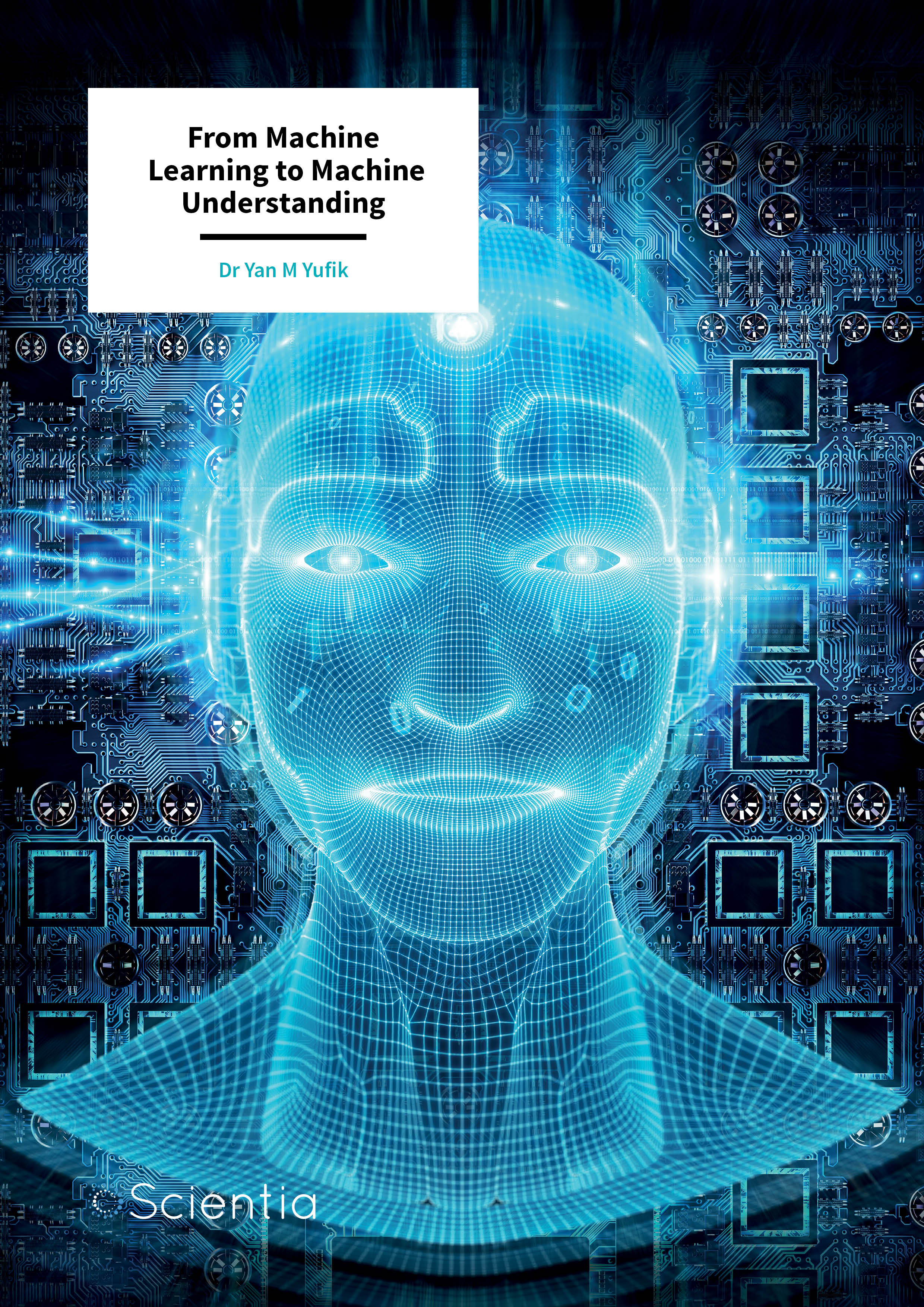
Dr Yan M Yufik – From Machine Learning to Machine Understanding
Despite dramatic advances in neuroscience and biology in the 20th and 21st centuries, our understanding of the brain remains very limited. Dr Yan M Yufik, Head at Virtual Structures Research Inc, USA, is a physicist and cognitive scientist who has spent over 20 years combining experimental findings and theoretical concepts in domains as diverse as neuroscience and thermodynamics to form a theory of the brain. His focus has been on elucidating the mechanisms underlying human understanding and applying the results to the design of machines that can not only learn but understand what they are learning.
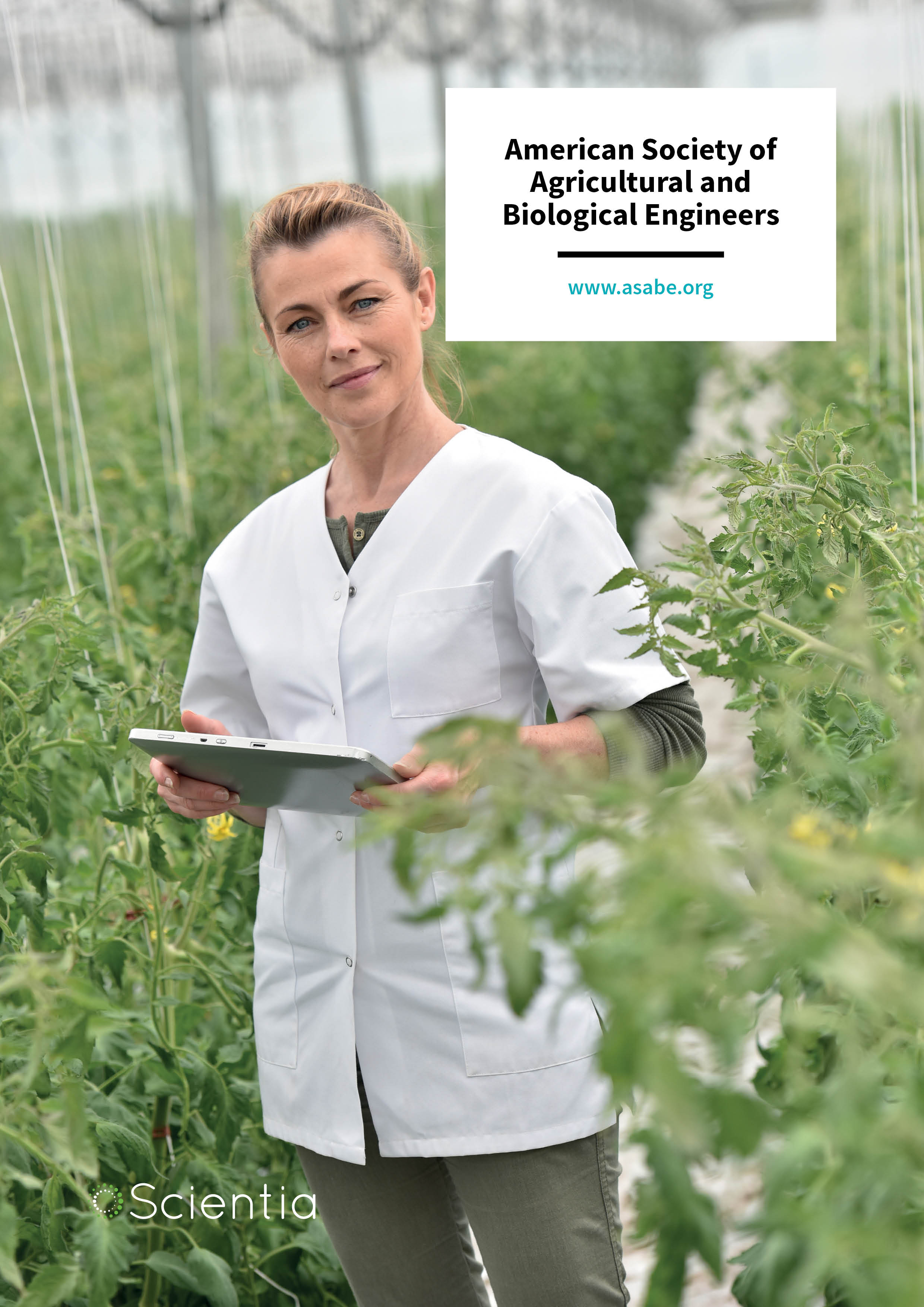
The American Society of Agricultural and Biological Engineers
Representing approximately 7,000 members in over 100 countries, the American Society of Agricultural and Biological Engineers (ASABE) is devoted to advancing engineering research applicable to agriculture, food and biological systems. In this exclusive interview, we have had the pleasure of speaking with Dr Sue Nokes, President of ASABE, who discusses the myriad of ways that the Society accelerates this diverse research field, towards ensuring global food, energy and water security, in the face of our changing climate and growing human population.
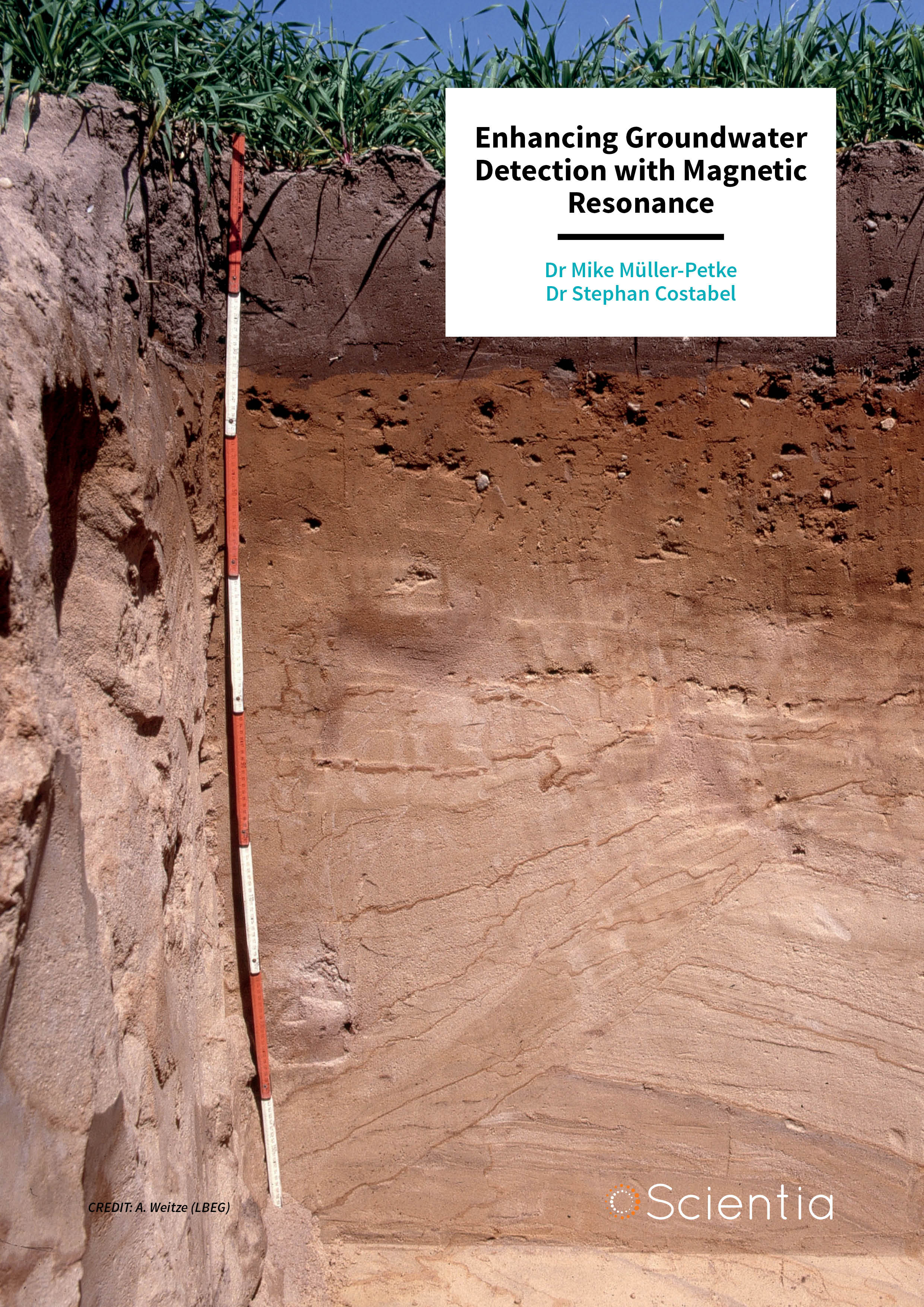
Dr Mike Müller-Petke | Dr Stephan Costabel – Enhancing Groundwater Detection with Magnetic Resonance
Detecting underground water is of considerable importance, particularly for applications such as groundwater exploration, predicting the movement of contaminants in soils or building underground tunnels and mining facilities. Underground water is a limited resource that is essential for human life, but it can pose a safety threat in cases where the structural integrity of underground structures, such as tunnels, depends on solid earth being present throughout. Dr Mike Müller-Petke of the Leibniz Institute for Applied Geophysics, and Dr Stephan Costabel of the Federal Institute for Geosciences and Natural Resources, are investigating methods to greatly improve the detection of underground water, using a technology known as nuclear magnetic resonance.
